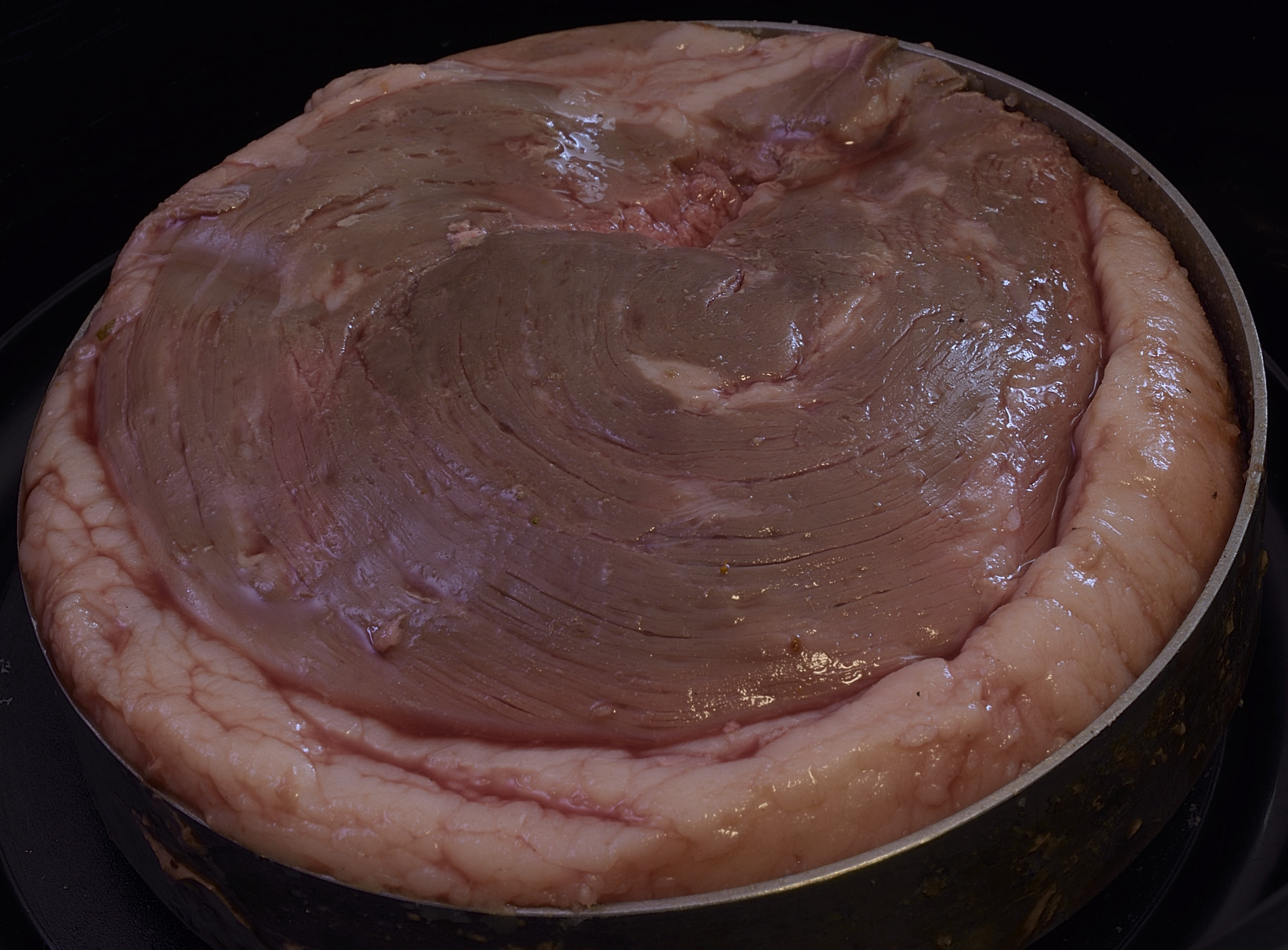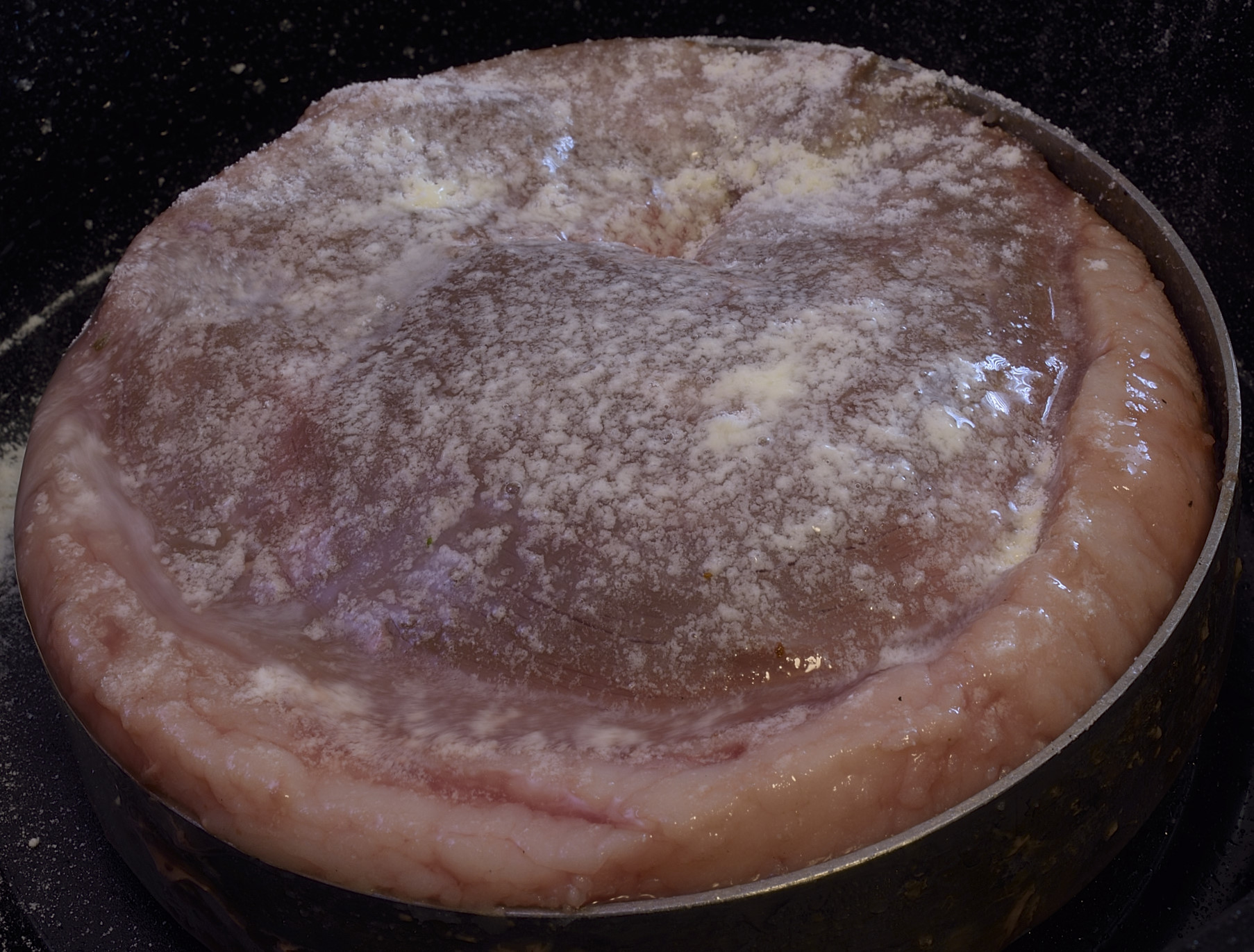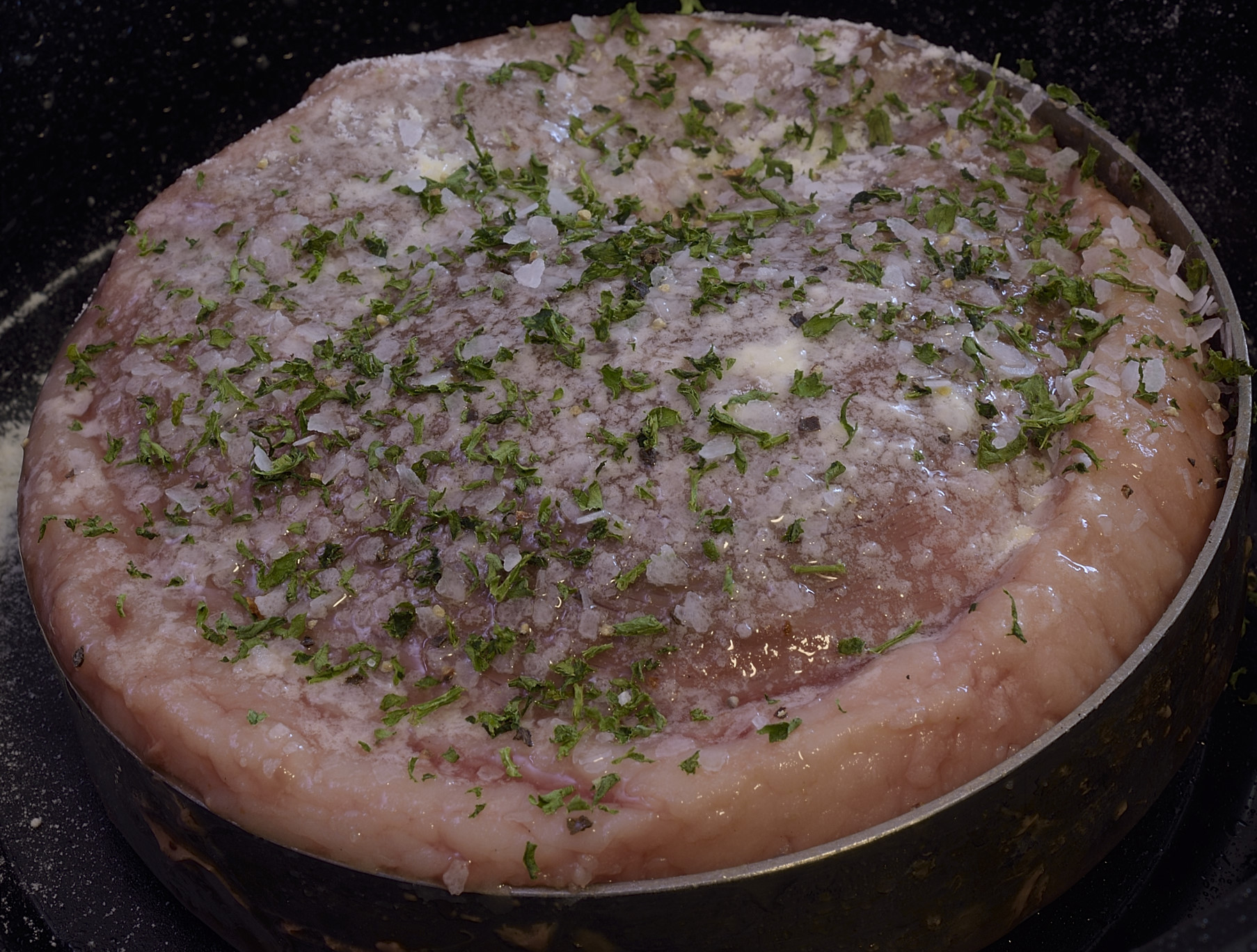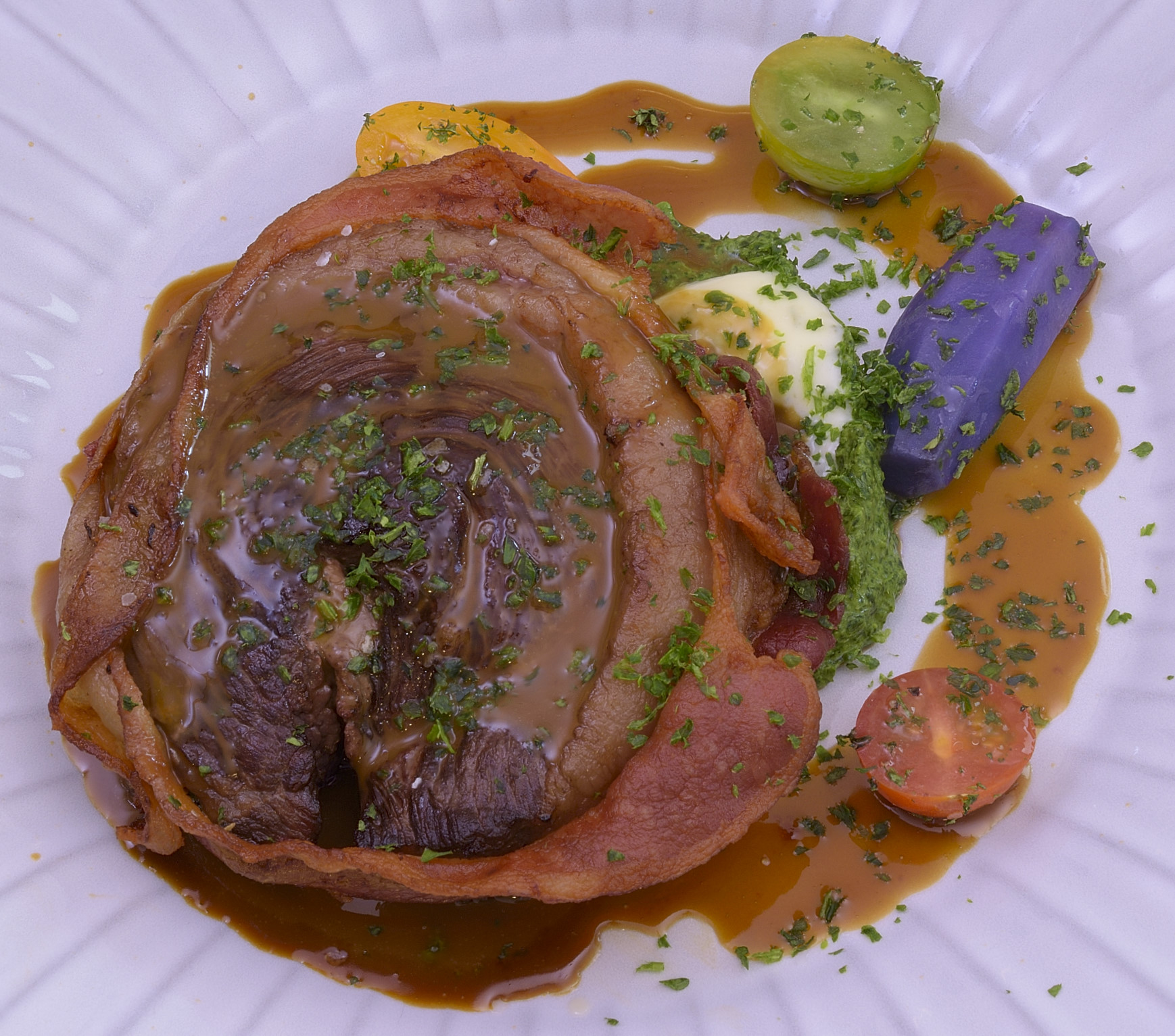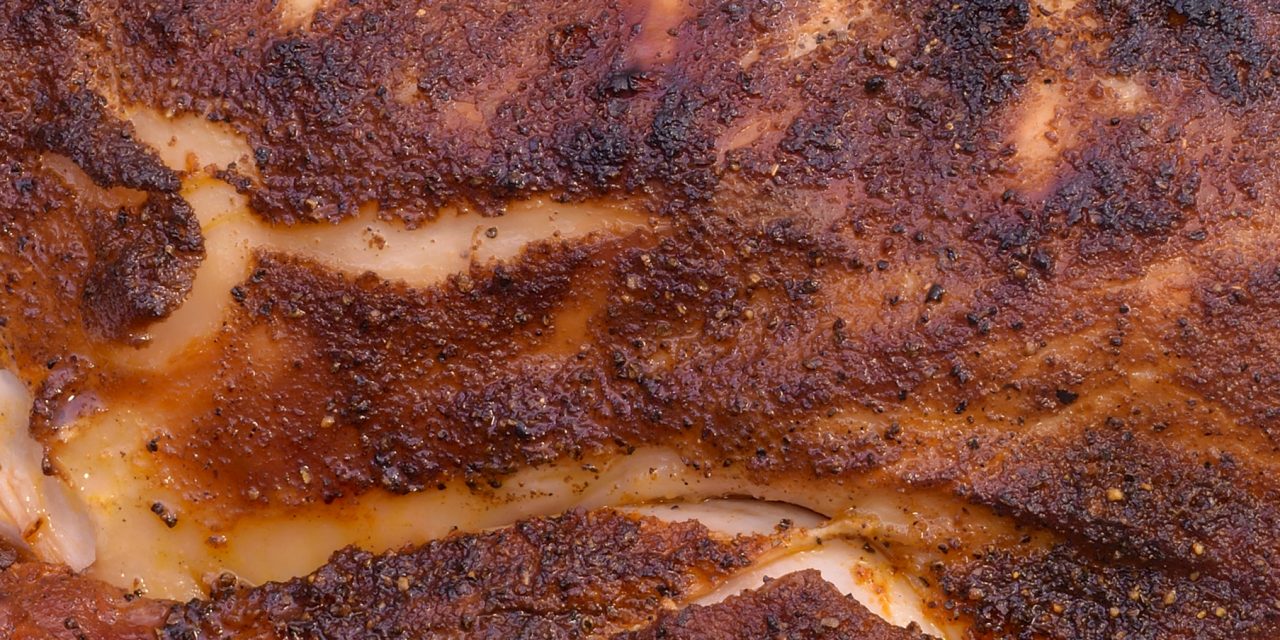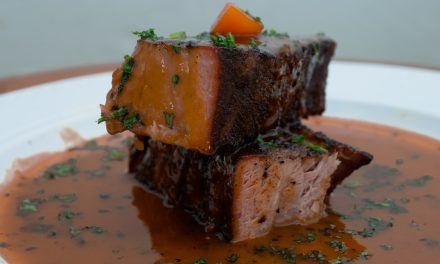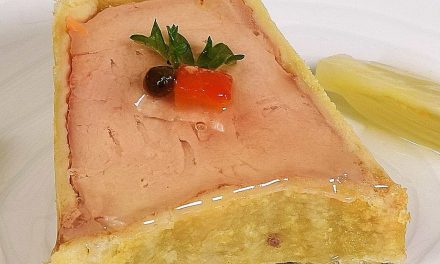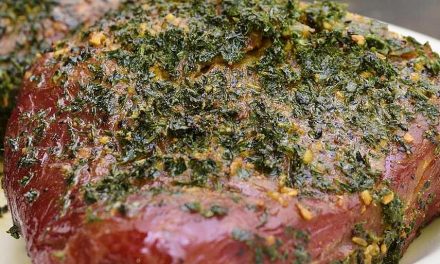Why are we here?
Sous vide does things that traditional forms of cooking cannot. But enthusiasts needn’t “experiment” very much before they discover that just eating their masterpiece “right out of the bag” is pretty underwhelming. Sous vide does not create the caramelized/Maillardized crust/surface on which our enjoyment of meat so heavily depends. After all, what is a steak without grill marks? A roast without an all-encompassing crust? A chicken without a crispy skin? Pork spareribs without bark?
This is compounded by the fact that, despite our hopes, sodium ions (salt) are the only seasoning/flavoring that can penetrate the surface of proteins in the sous vide environment–or anywhere else. The most respected sources now concede that flavonoids (specific flavor and aroma molecules) are just too large to breech the tangled matrix of complex proteins that comprise meat. Flavonoids are also colorless, BTW. Food dyes have no flavor.
This means that all those sprigs of rosemary and pats of butter peeking out through the bag cannot interact with the contents in any meaningful way–or even stick to them. As the temperature of the protein rises, it weeps like a hot sponge, rinsing itself off. There is no pressure to force substances into the meat–quite the opposite. Vacuum sealing INHALES, it does not EXHALE. No amount of broth in the pouch can cause the piece of meat to get moister/bigger than it was when it started. Sous vide temperatures are too low to denature vegetable matter. There is still a lot of resistance to this bubble-bursting admission, but the science, linked HERE, is too convincing to ignore…

..for most of us anyway.
making it stick
Land/air dwelling animals’ muscles contain albumins, proteins almost identical to egg whites (albumen). They create the familiar, shiny sticky surface present on raw meat–they really are like raw egg whites in appearance and texture. Sous vide processing denatures the albumins on the surface and disperses them into the juices in the bag. This prevents anything from sticking to the surface after (or even during) processing. Wait. WOOT? This is why when you try to boil those juices to make a pan sauce, you get streaky gray dots that look like dirty scrambled eggs–that’s pretty much what they are. The juices can be clarified using THIS simple method, but let’s not get ahead of ourselves.
Sous vide aficionados puzzle over how to solve this problem–paprika might stain the dry surface, but not even salt will really cling. Mayonnaise has a sticky texture that will make seasonings adhere to the surface of a pork chop–as long as everything stays cold. The bad news is that mayonnaise is an emulsion containing mostly oil with tiny bits of egg yolk and acid. As soon as it gets hot, the amalgam breaks down, leaving behind a greasy pan with more of those pesky dots. Mustard, buttermilk and a few other things also seem like they should work. Again, once they come in contact with hot metal (or hot air to a slightly lesser degree), the game is pretty much over.
Take a powder
As it turns out, using egg whites to replace the albumins removed during the process liberates us from bland bondage. I used to separate eggs so I could use the whites, but just how many egg yolks do you need littering the refrigerator? After a while, I started buying pasteurized egg whites in the carton, a very handy product and not overly expensive. Eventually, I stumbled backwards into the idea of using powdered egg whites, just about as convenient a product as there is. I fill a shaker/dredge with the powder and label it so it doesn’t get mistaken for flour or powdered sugar. There are numerous examples of the method linked HERE.
And here’s a good example of an alternative rub.
Surfaces
The debates rage over cast iron vs stainless steel vs carbon steel vs volcanic onyx vs a hot rock vs who knows what ad infinitum. I am here to tell you that they can all be made to work, practice being much more important than the substance itself. Thick is better than thin.
Temps
Bragging rights to the highest temps achievable notwithstanding, a surface at 450 F/232 C is hot enough. If it wasn’t, restaurant burners would be set higher. There is such a thing as too hot. Among my many mentors was a German born Argentinian who used to growl “When it’s brown–it’s done. When it’s black–YOU’RE done.”

Here’s a few examples:
pan seared rib eye steak, cajun style
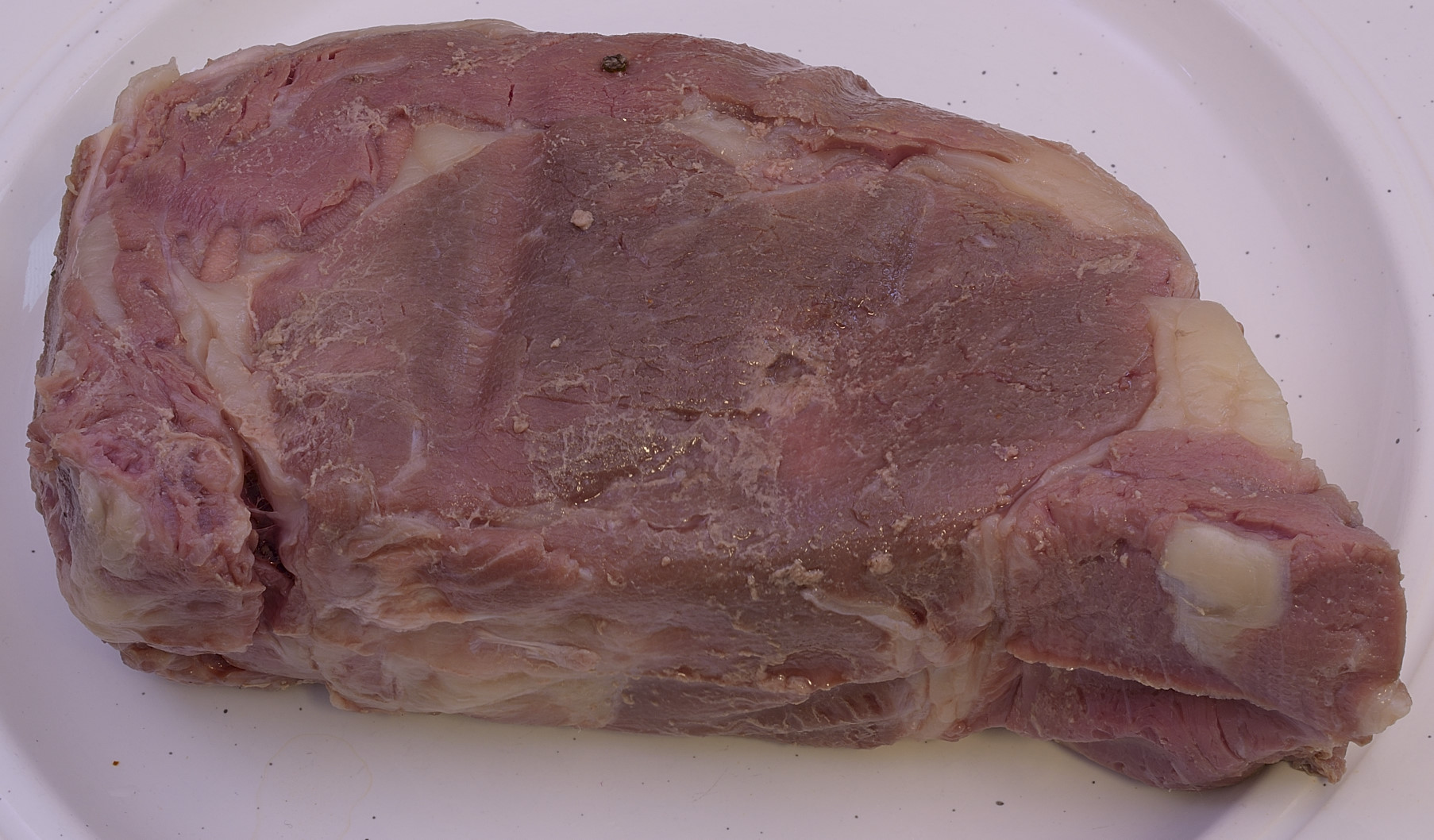
After processing “naked.” No salt, no bouquets of rosemary or sage, nothing, nada zip. Why not? HERE‘s the science. Again.
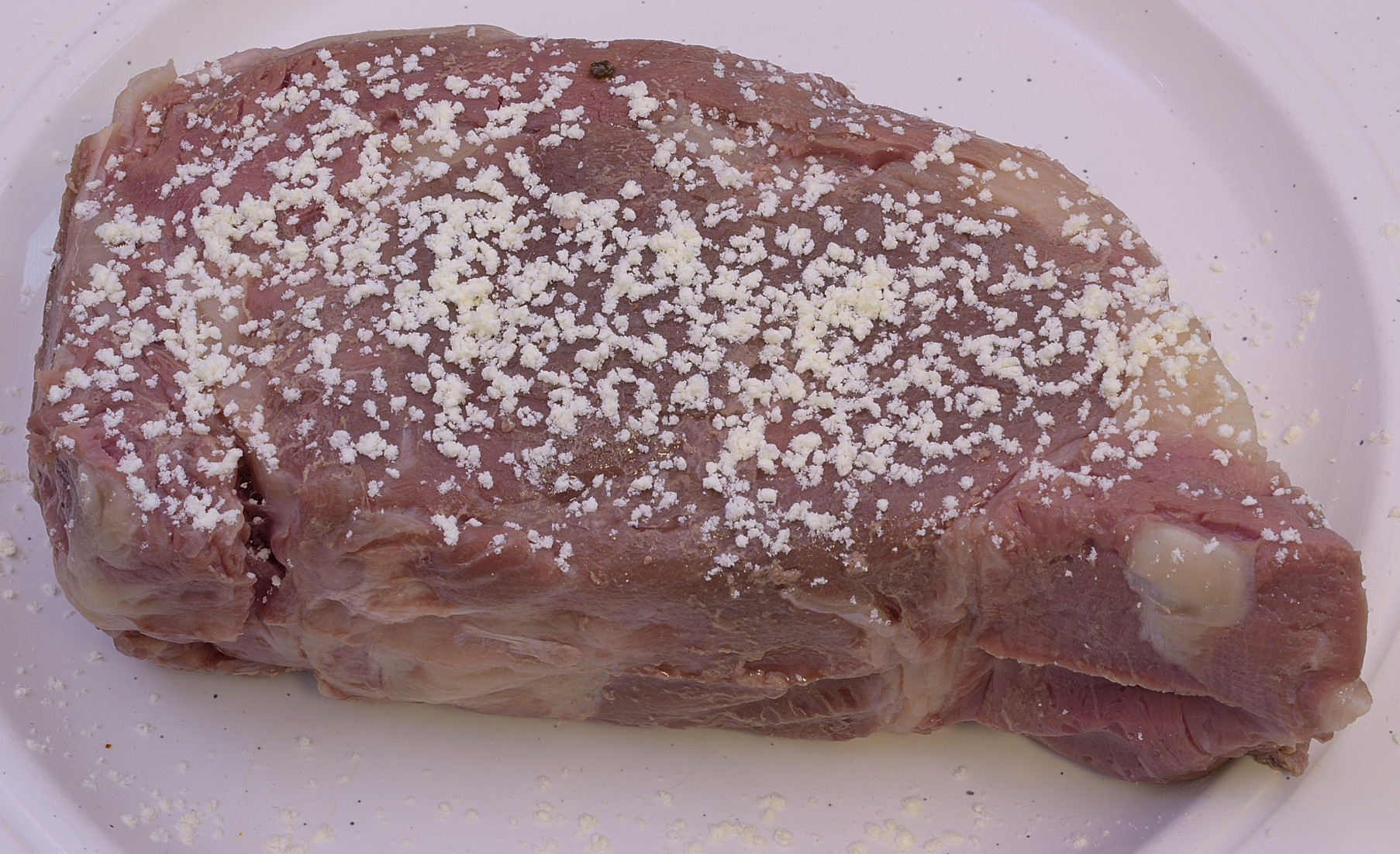
Sprinkle lightly with the powdered egg white. You can also brush with liquid/fresh egg whites. Dilute with water and mix well–we’re not making an omelet.
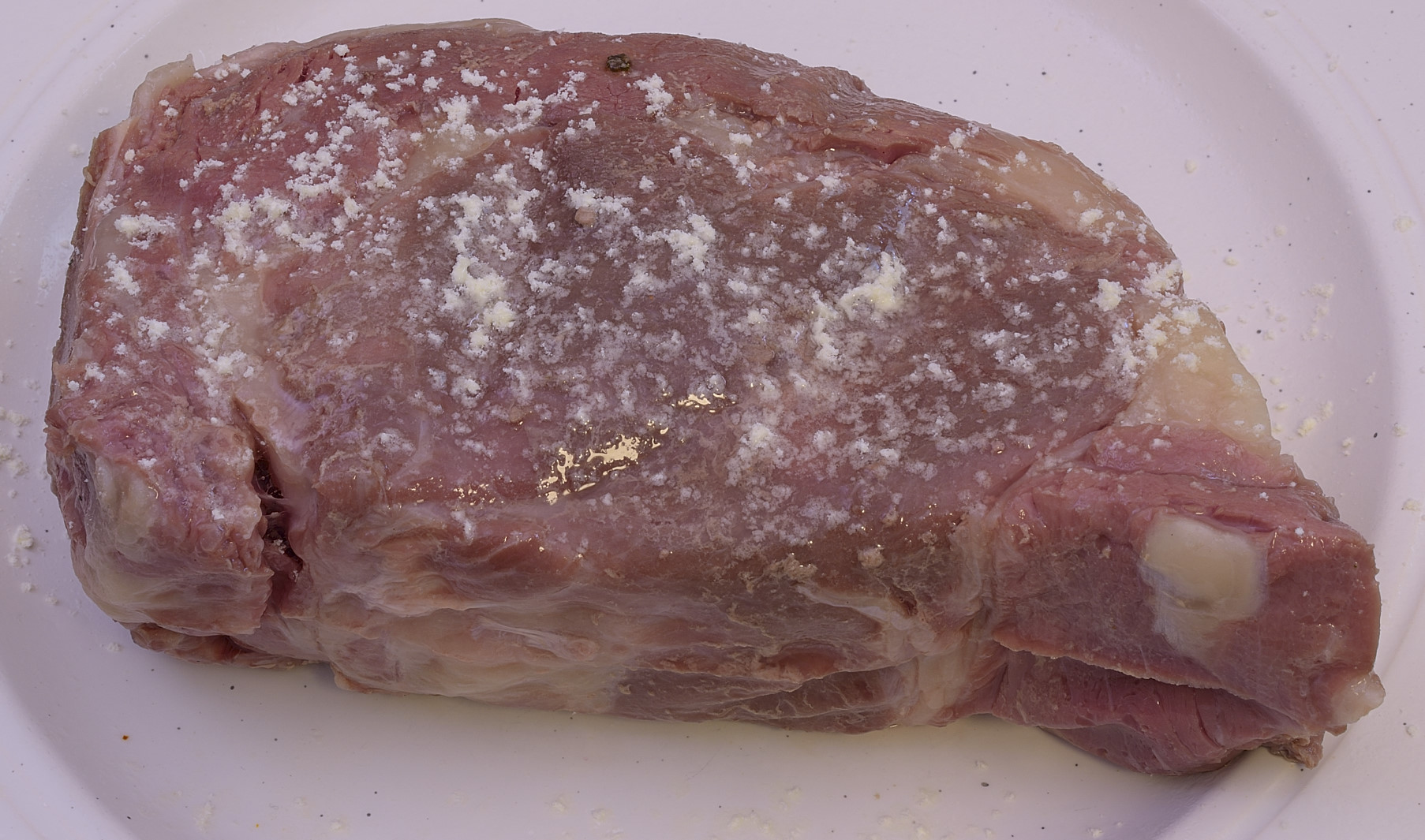
Use a spray bottle to moisten the surface–not necessary if you use liquid egg whites.
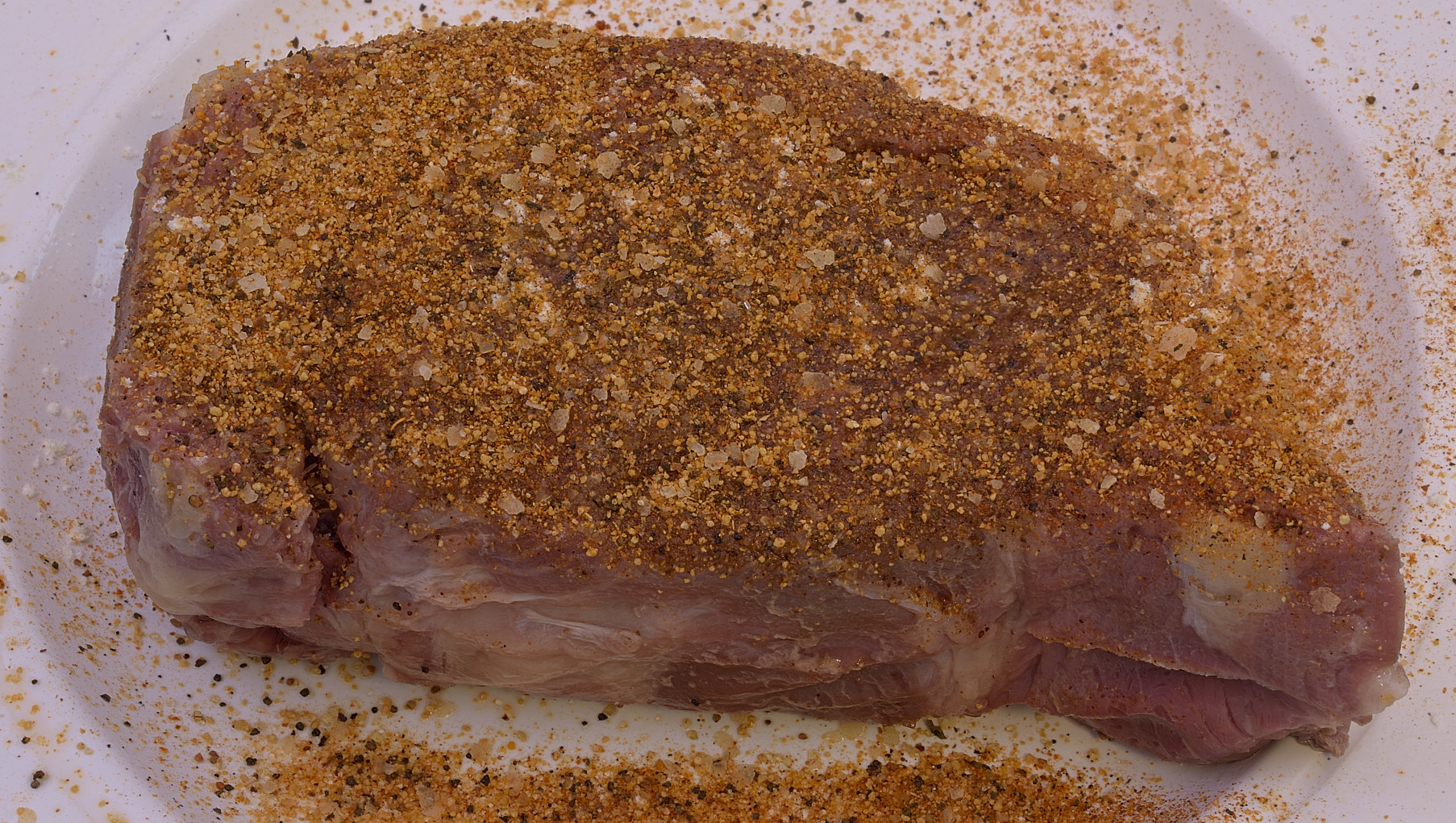
CAJUN SEASONING
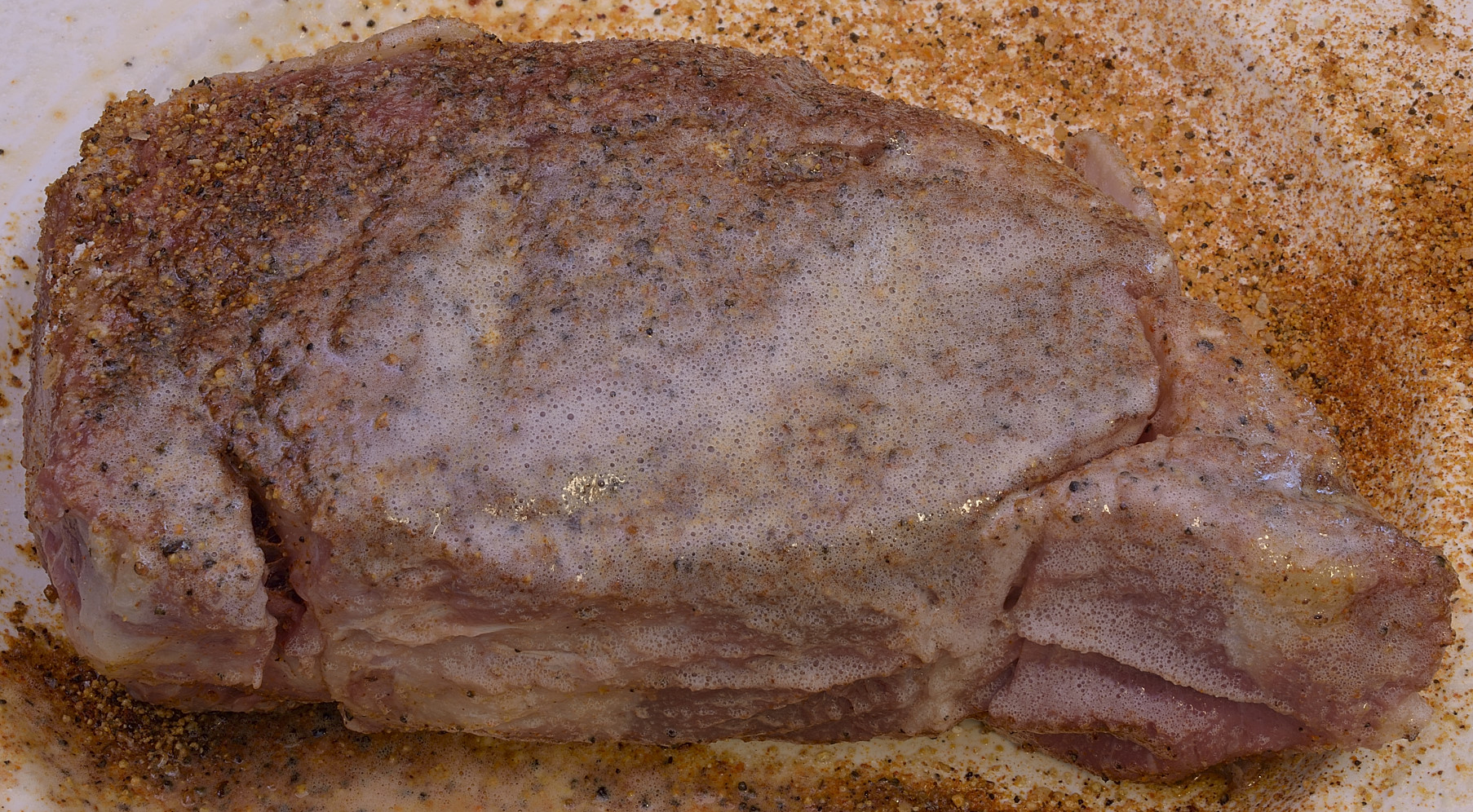
Mist with oil.
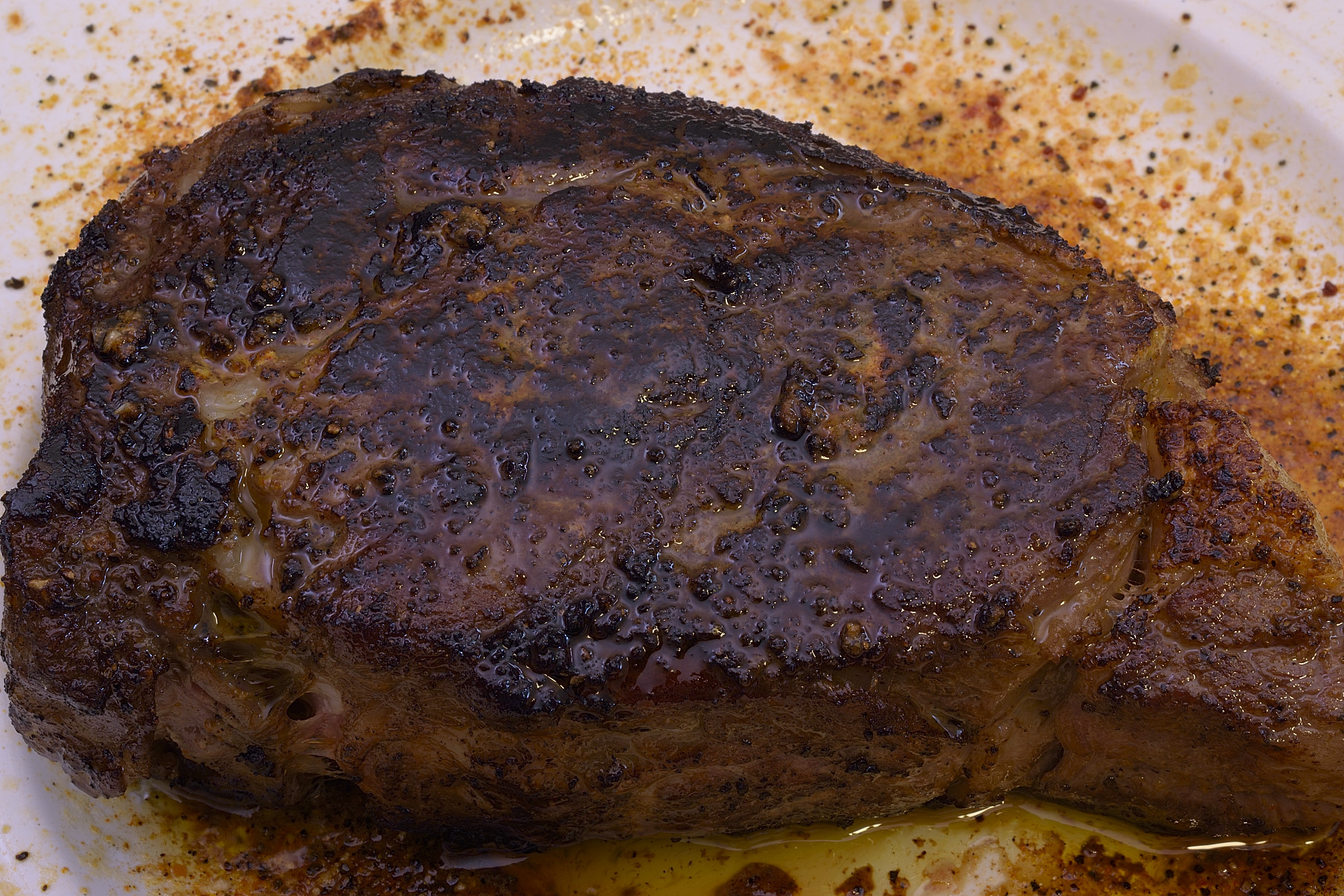
Turkey breast, skin-on, smoked
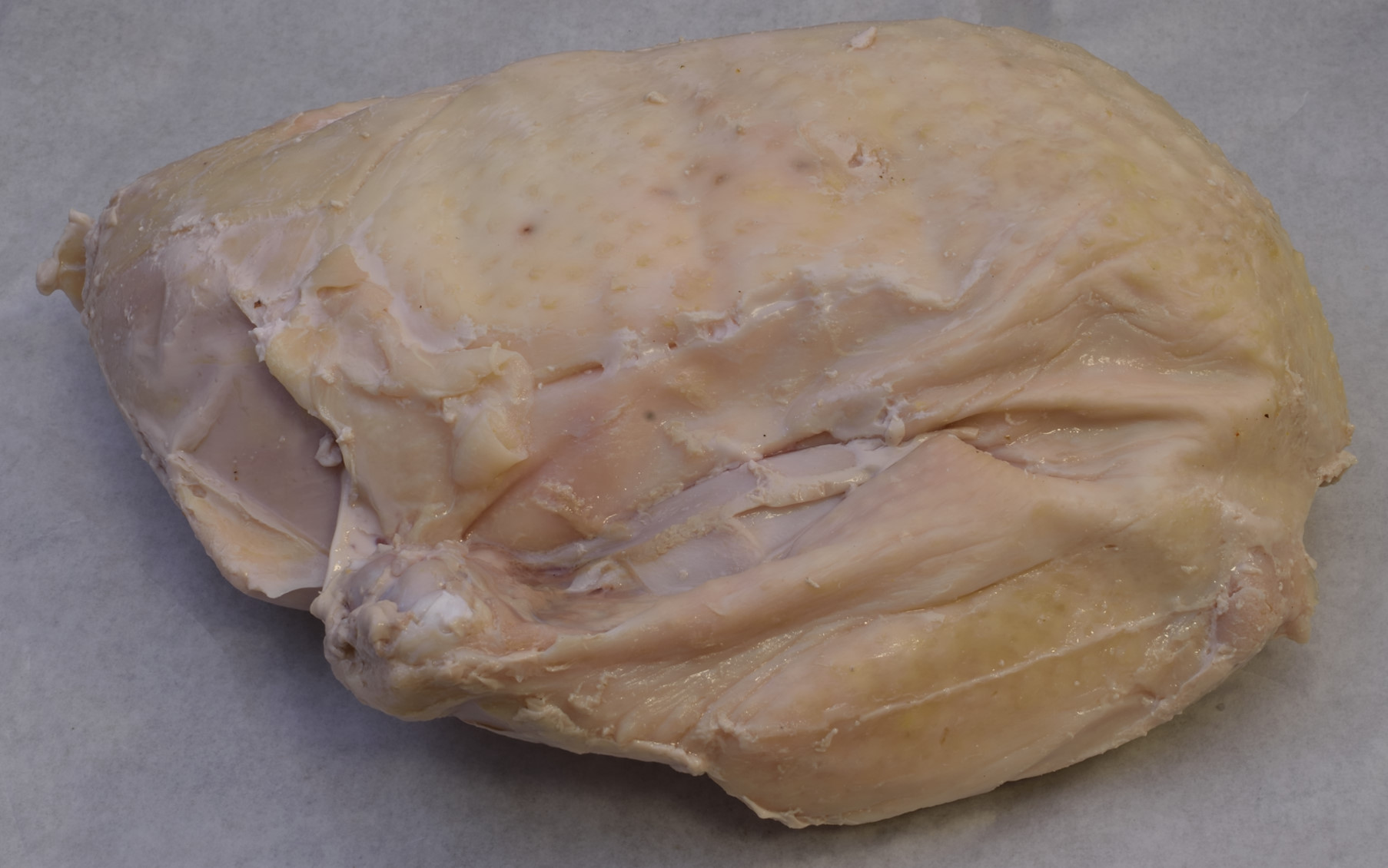
Again processed “naked.” No salt, no bouquets of rosemary or sage, nothing, nada, zero, zip. Why not? HERE‘s the science.
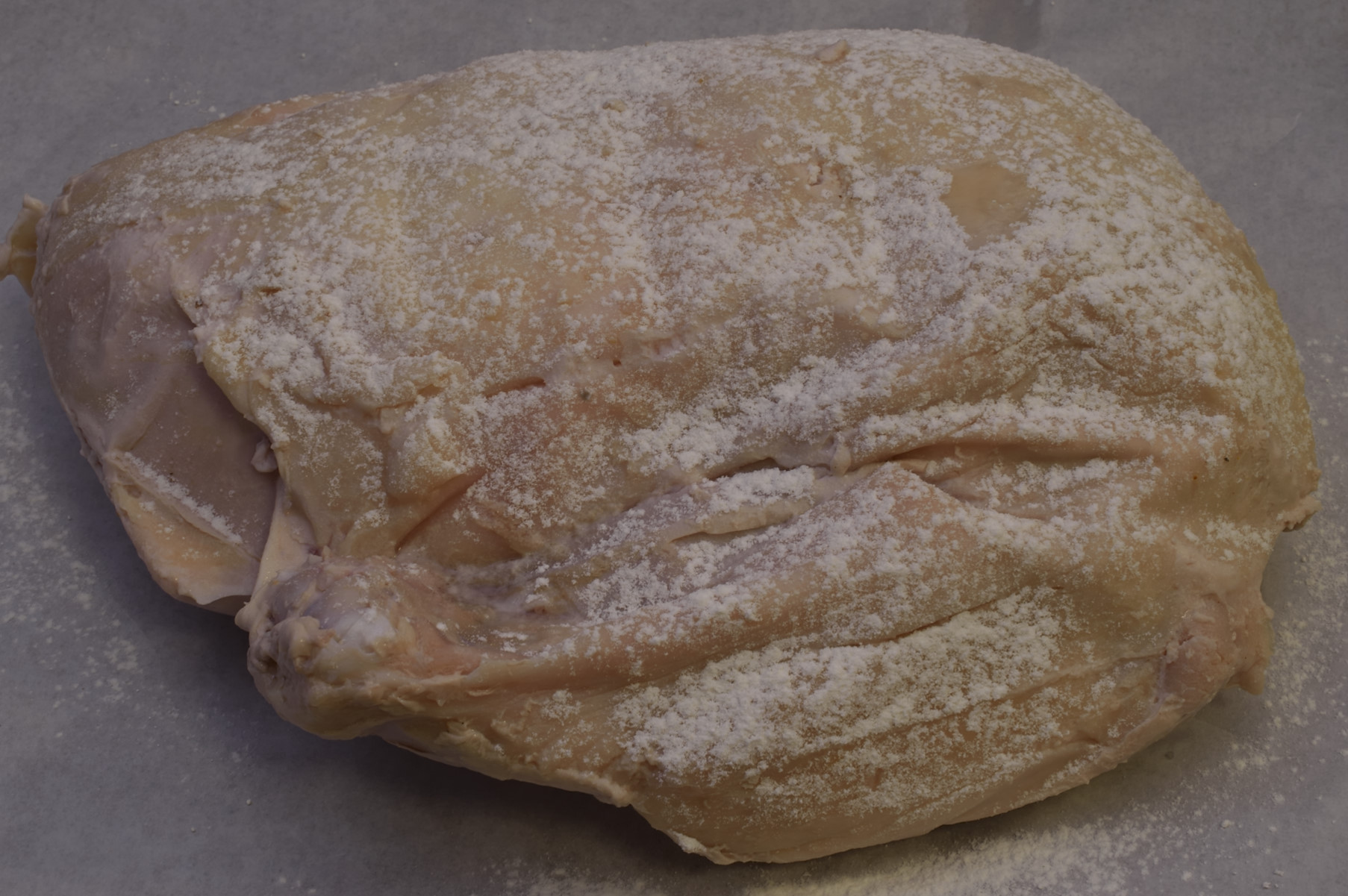
Powdered egg white–doesn’t take much.
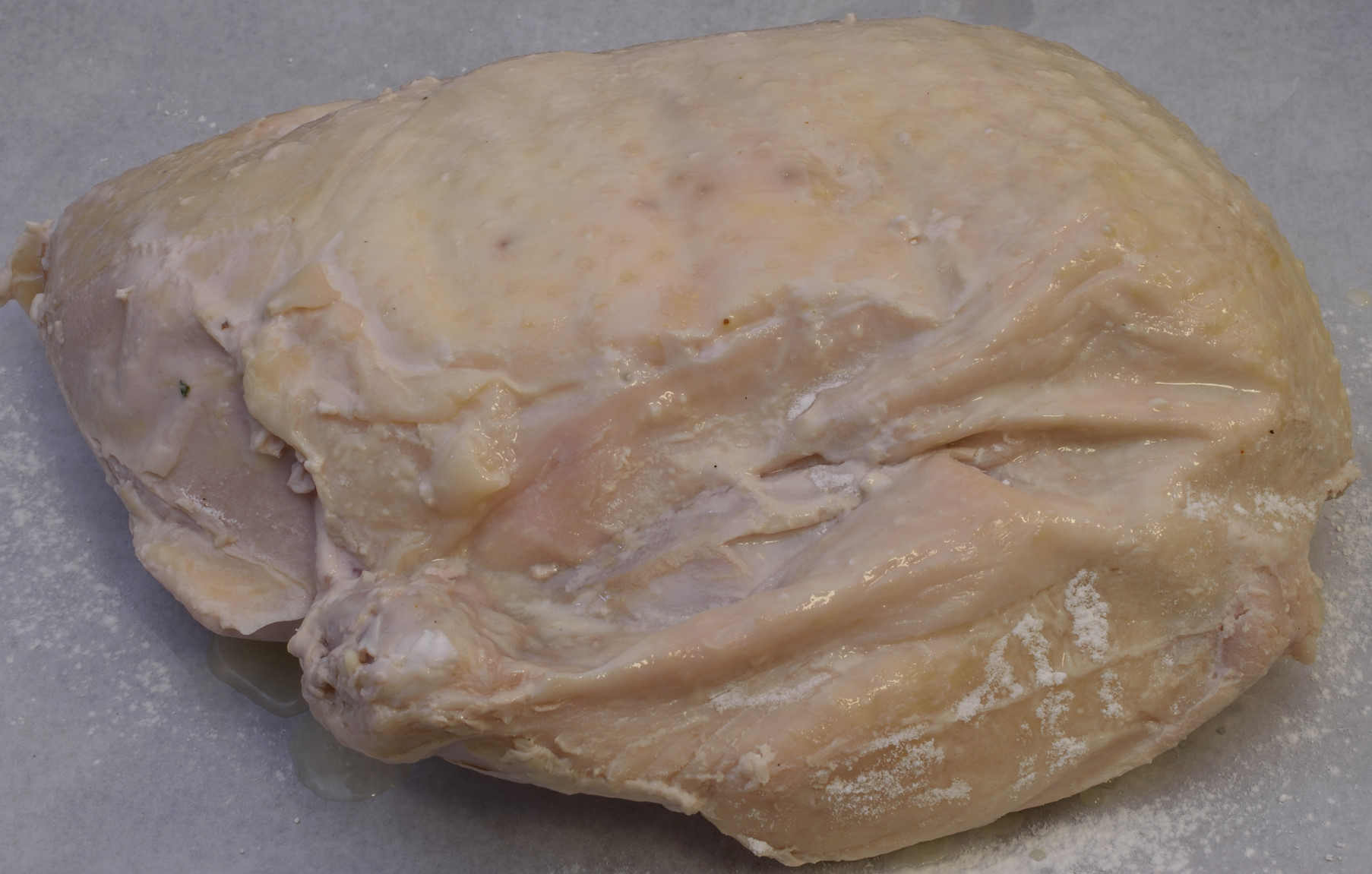
Use a spray bottle to moisten the surface.
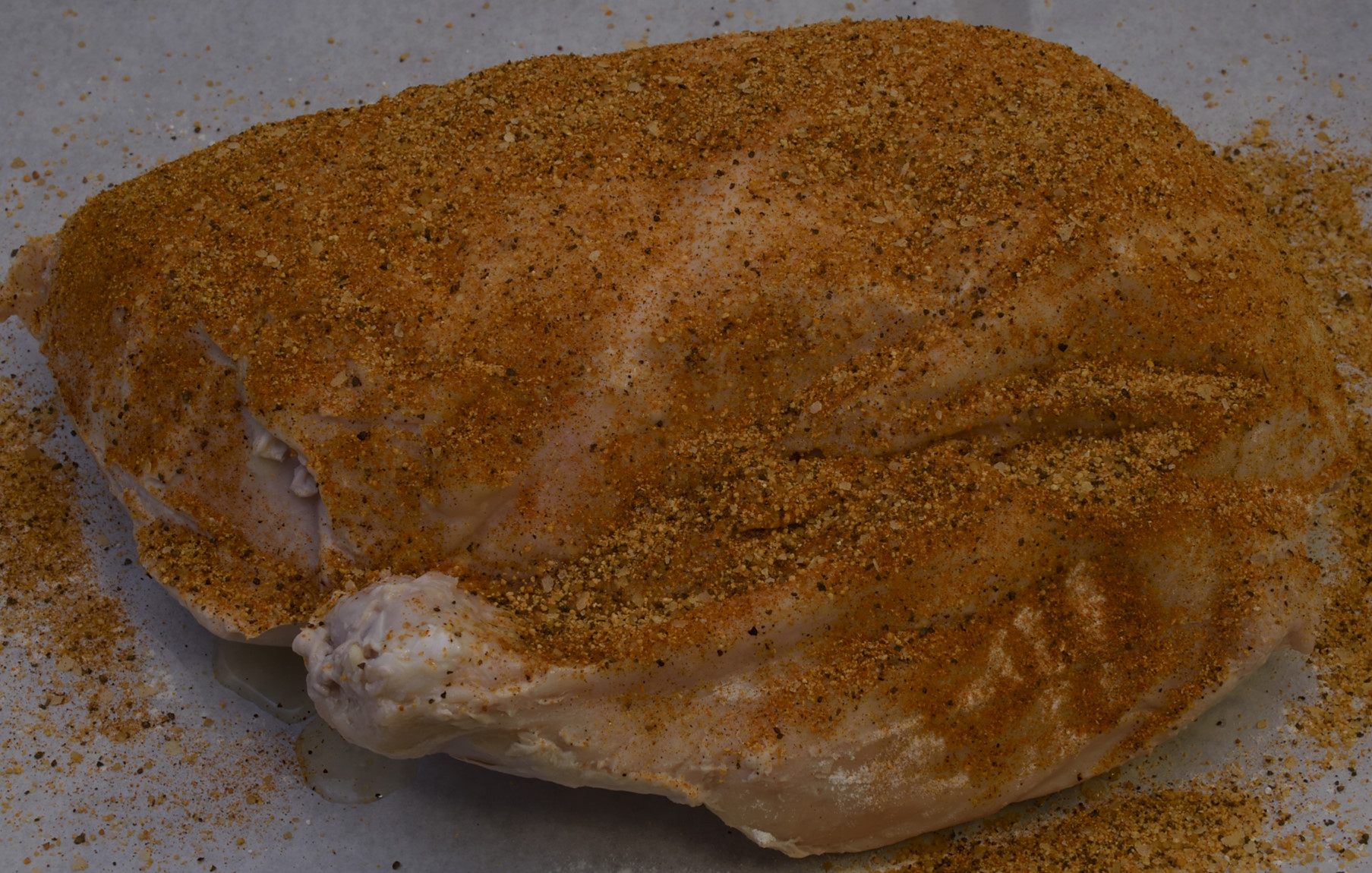
Your basic rub.
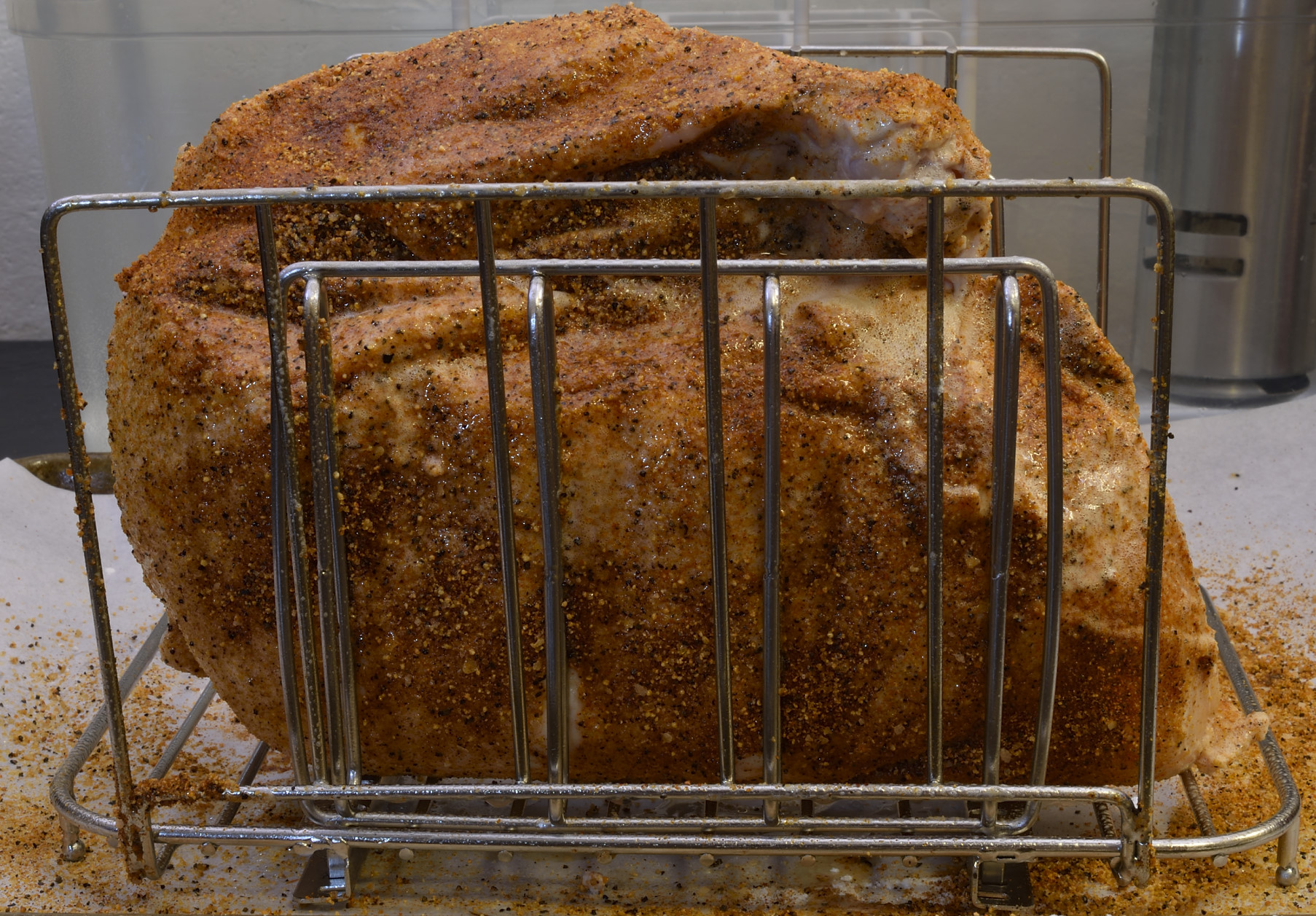
Into a rack and spray with that PAM stuff, any generic brand.
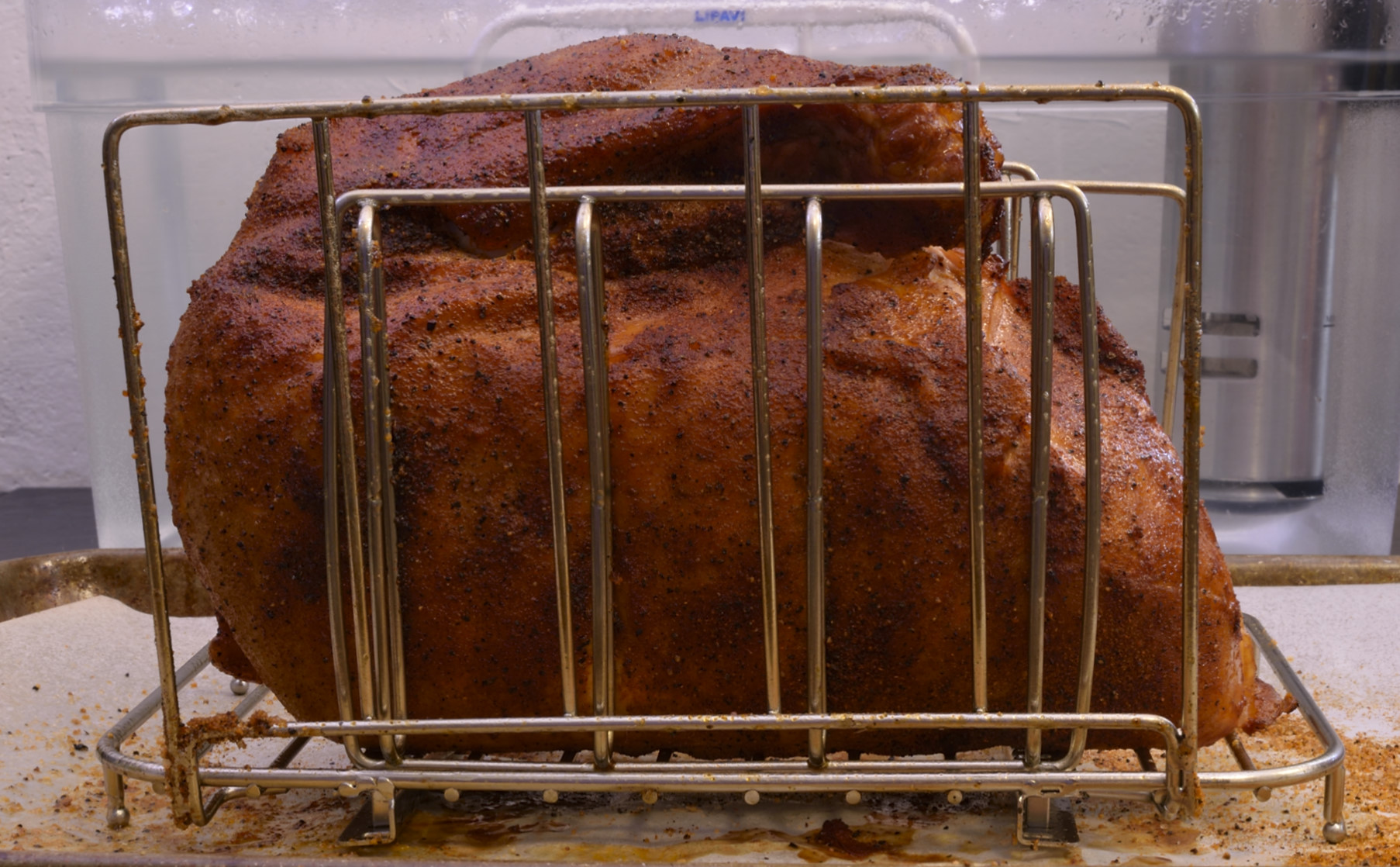
Success.
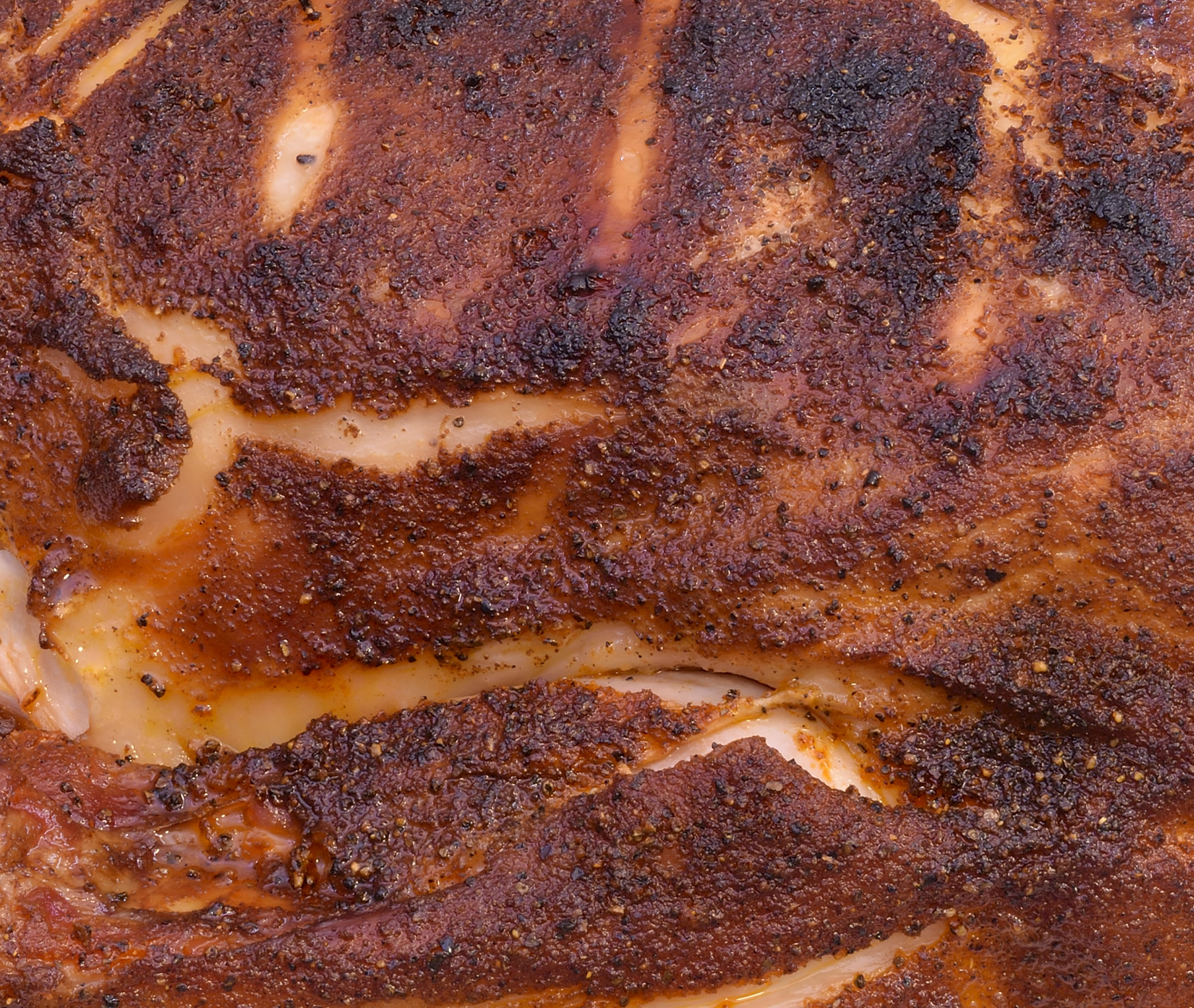
Money.
Beef brisket, smoked
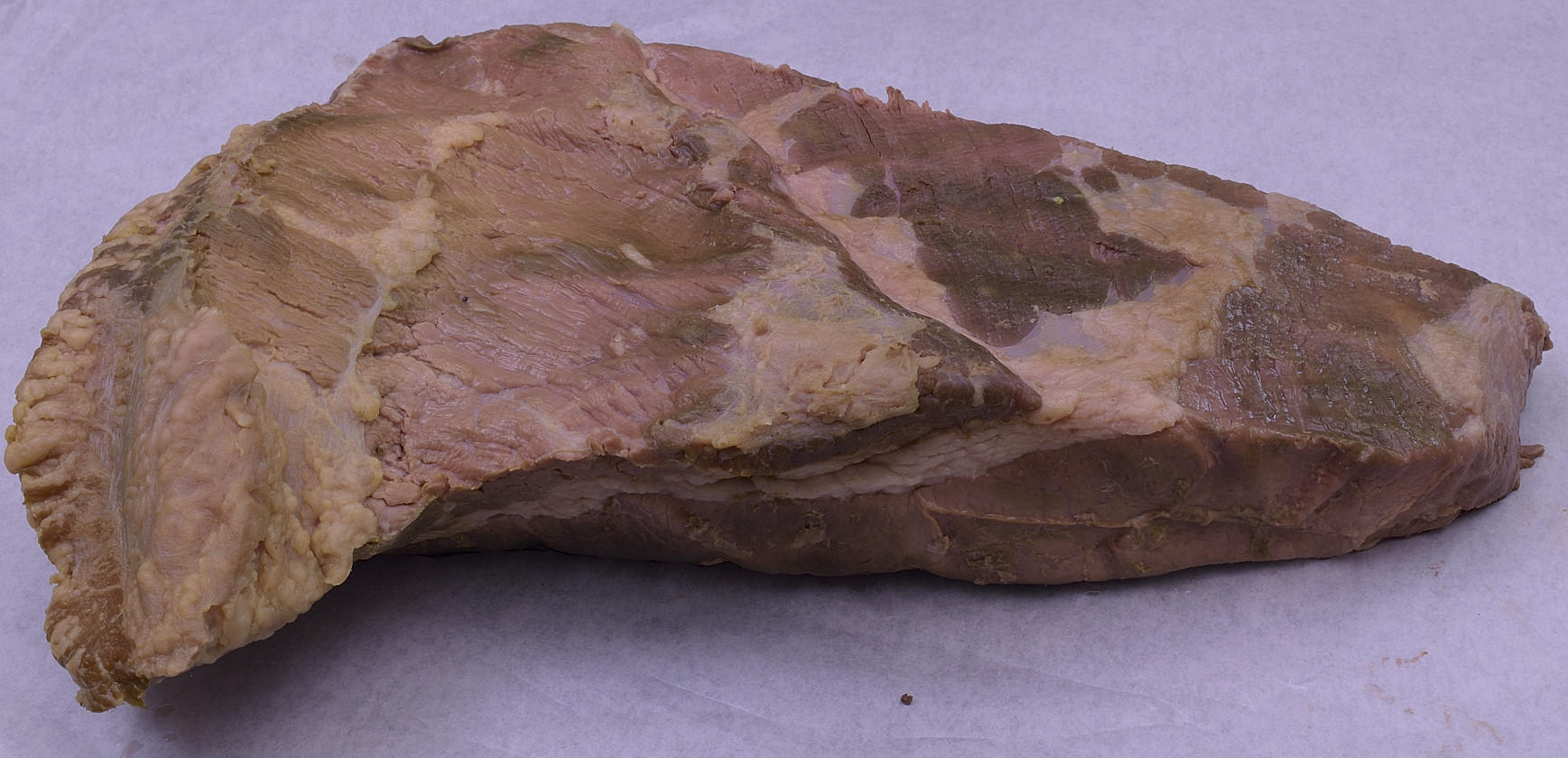
Doesn’t look like much right now.
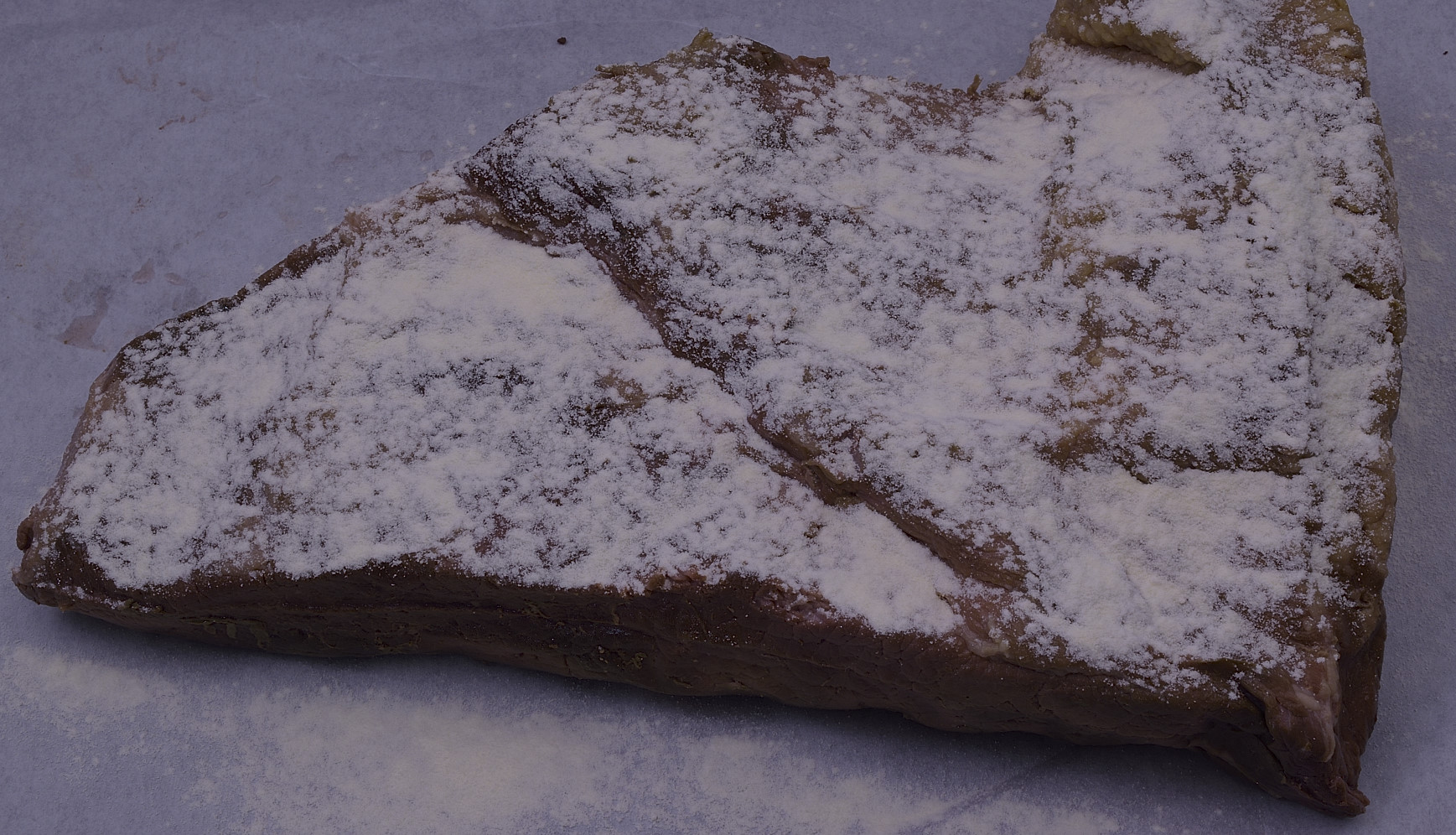
Powdered egg white–the more you put on, the more substantial the crust will be. For those allergic to eggs, you really can use dried buttermilk–as long as you roast/smoke so that it doesn’t come in direct contact with metal.
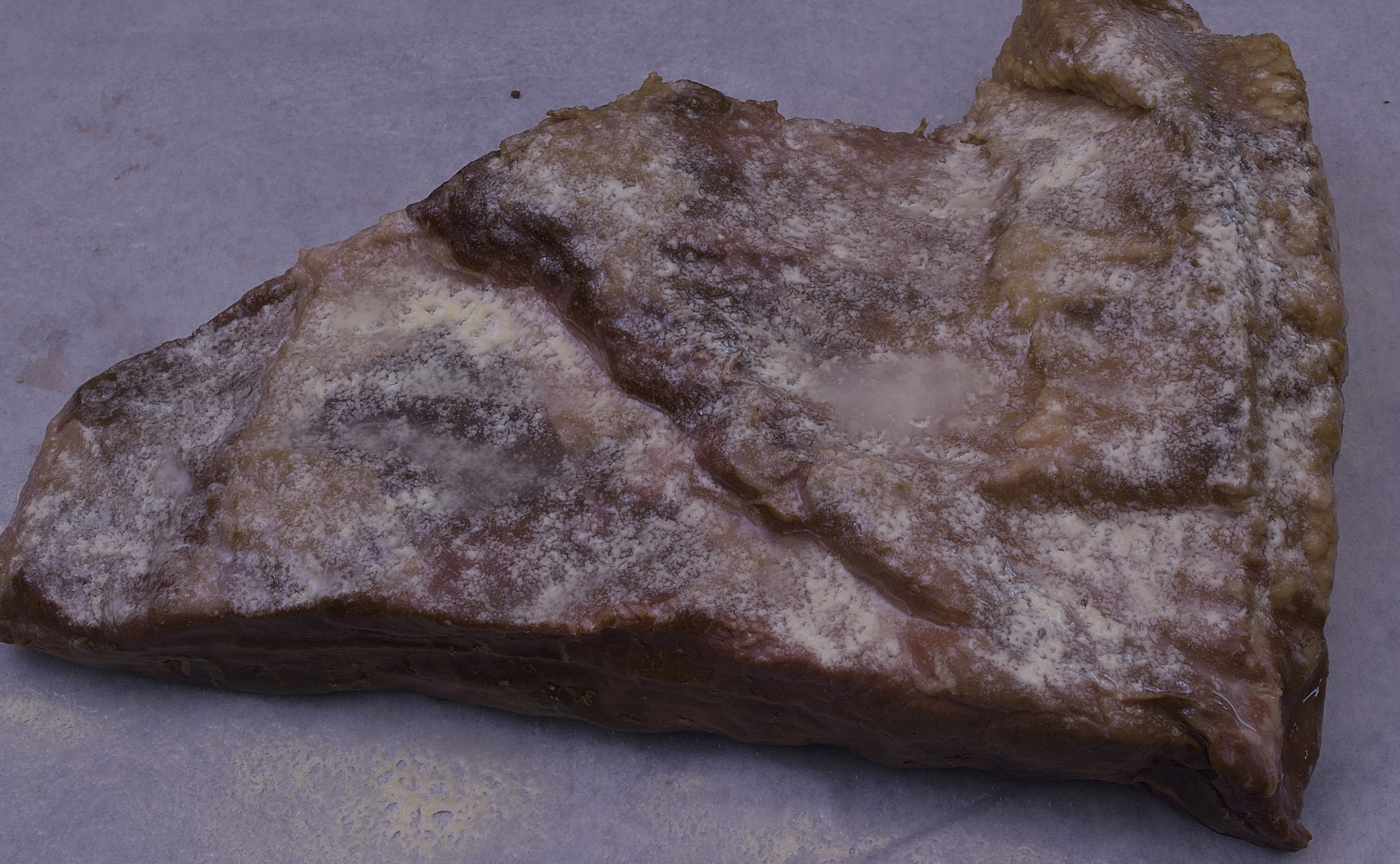
Play Misty for me
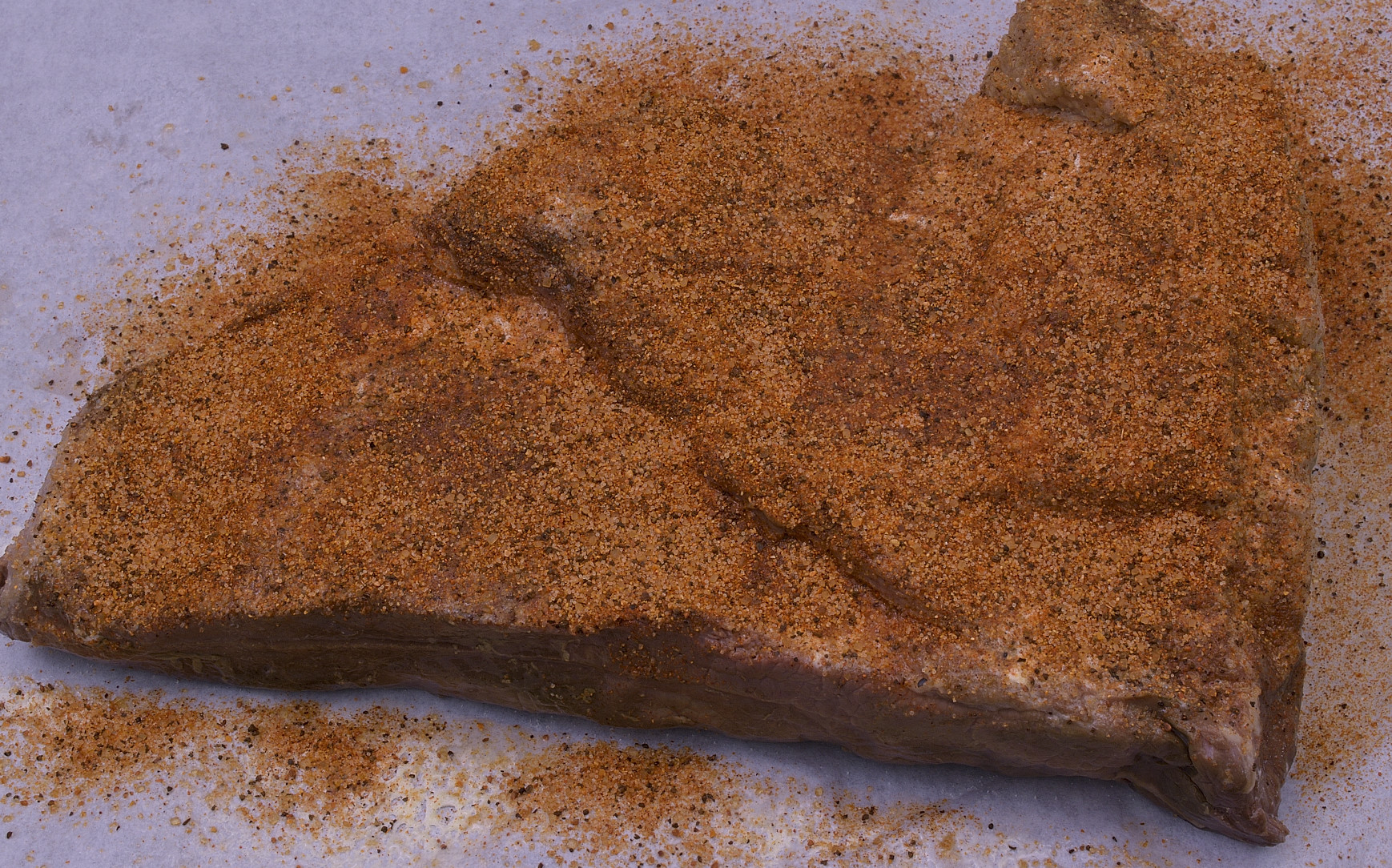
Again, the generic rub.
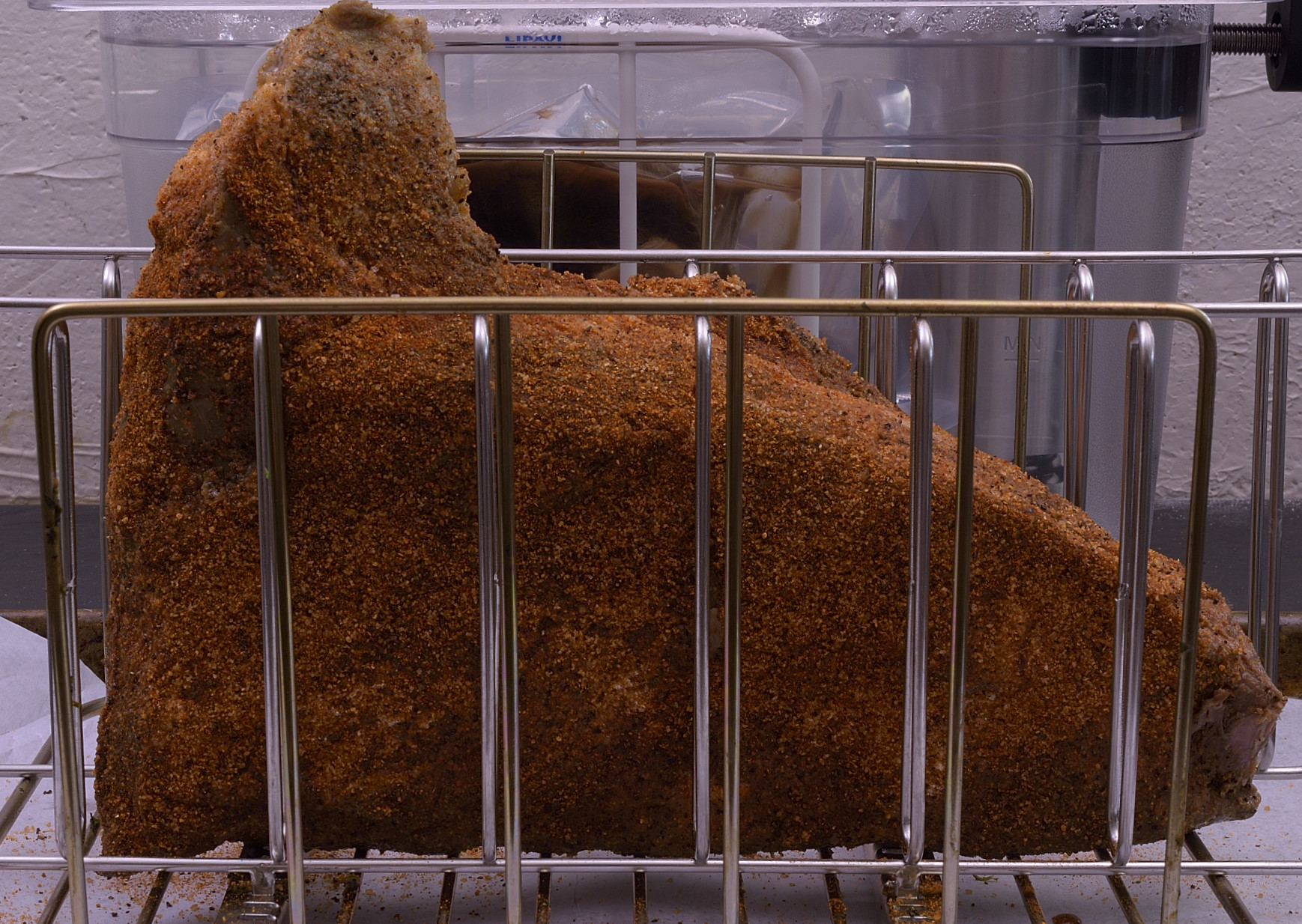
Into the rack (optional, but it makes a difference).
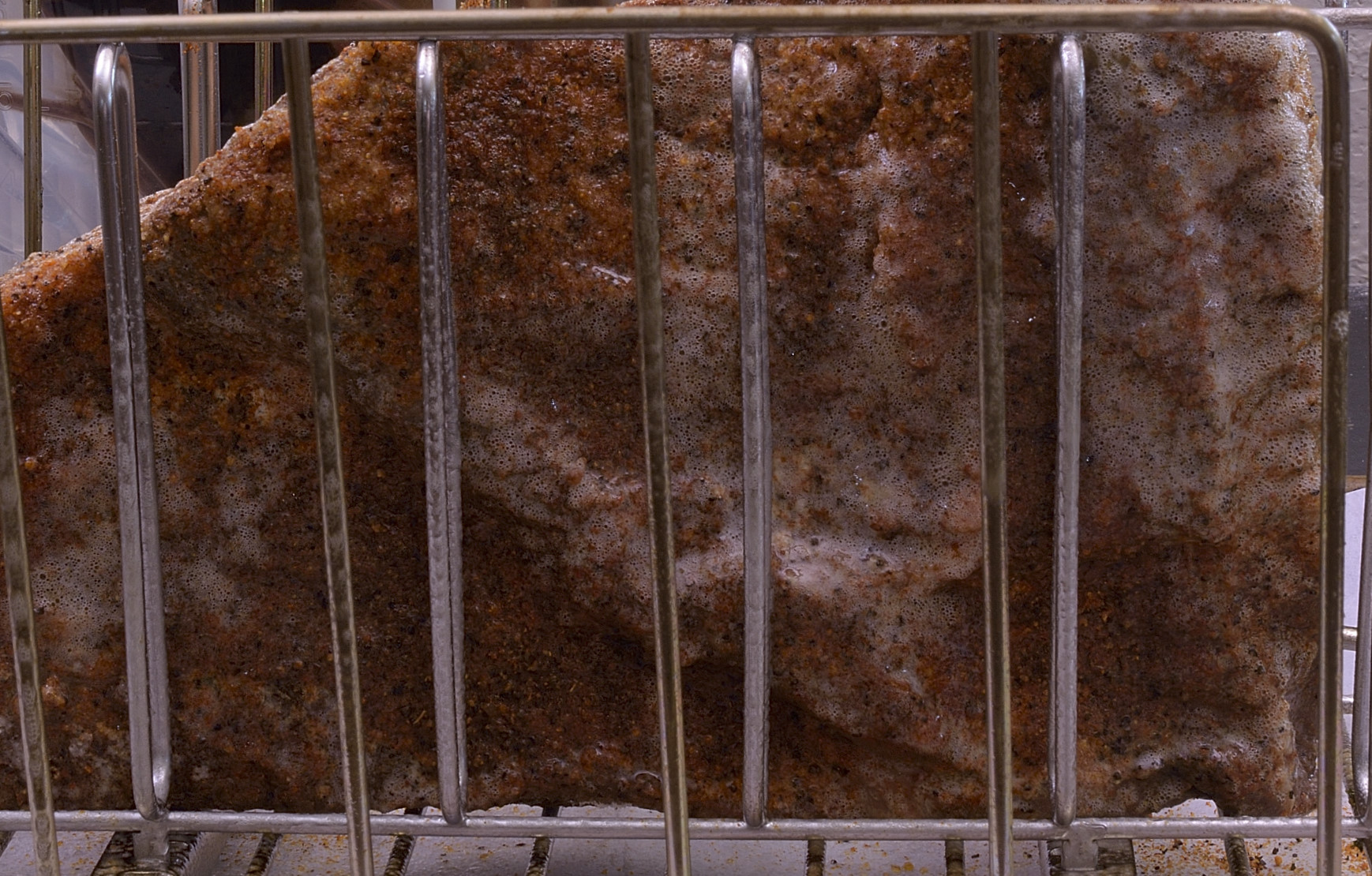
Mist with oil (or drizzle).
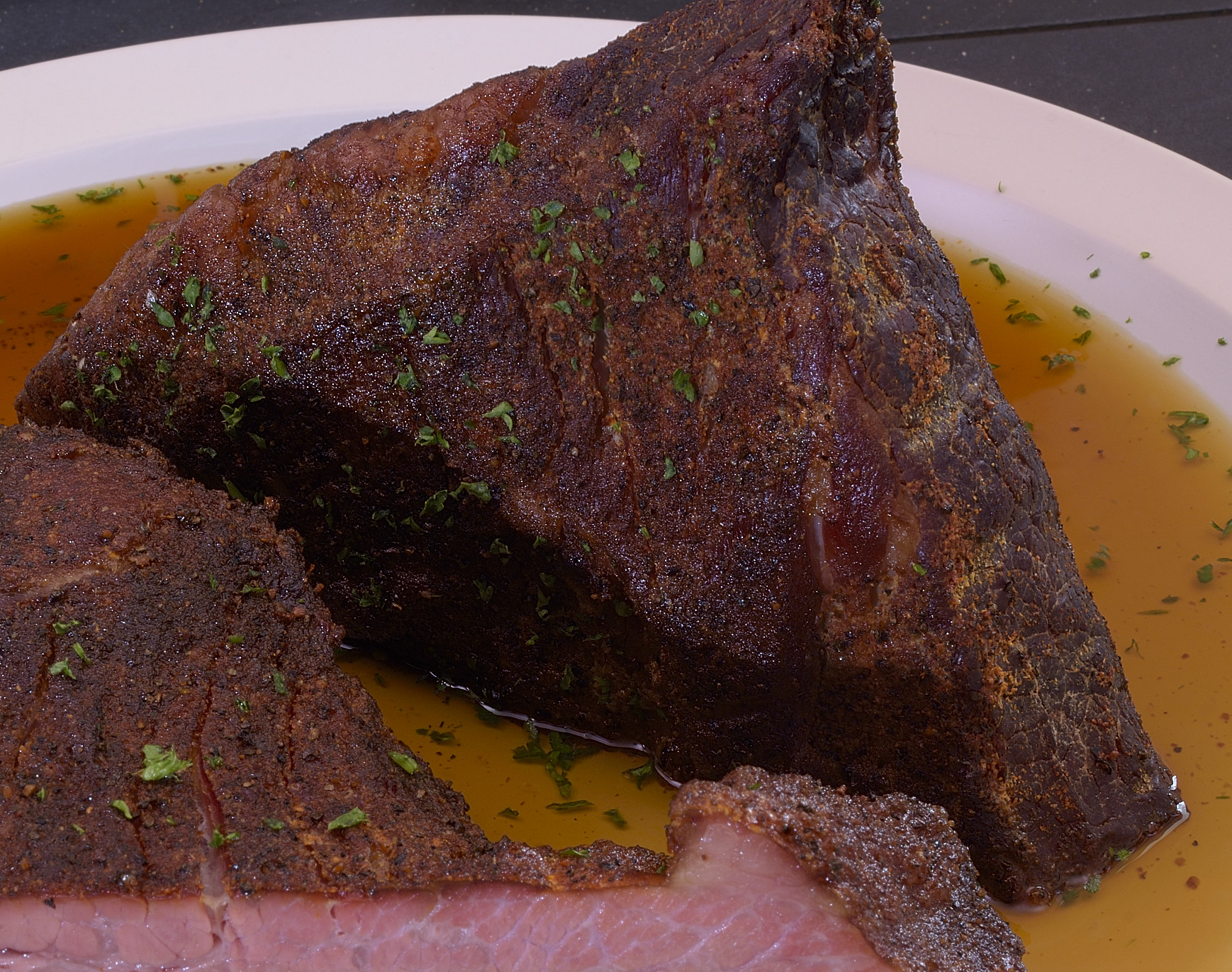
Aw, YISS
beef short ribs, in-door bbq
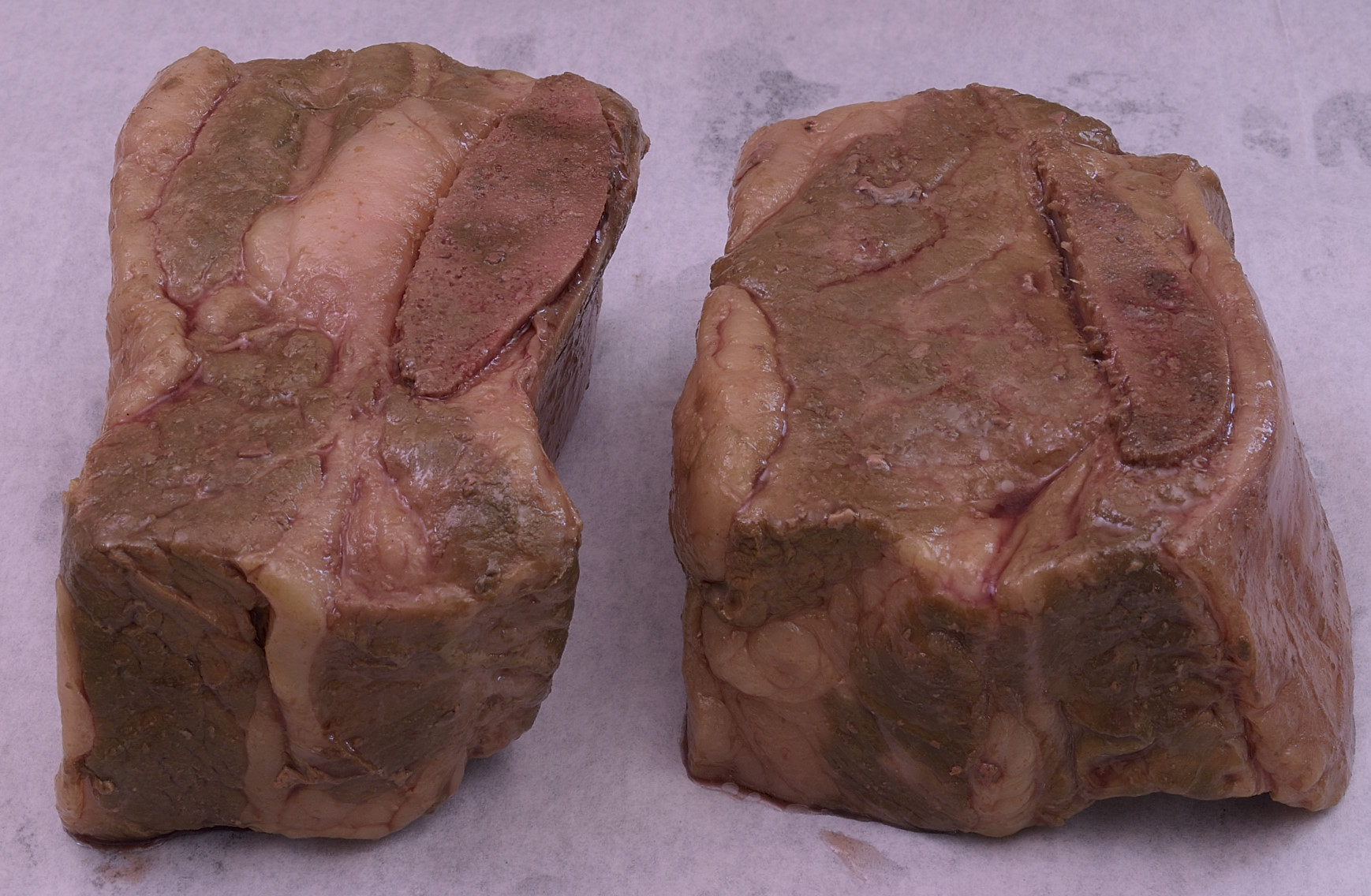
140FX48-72, nekkid.
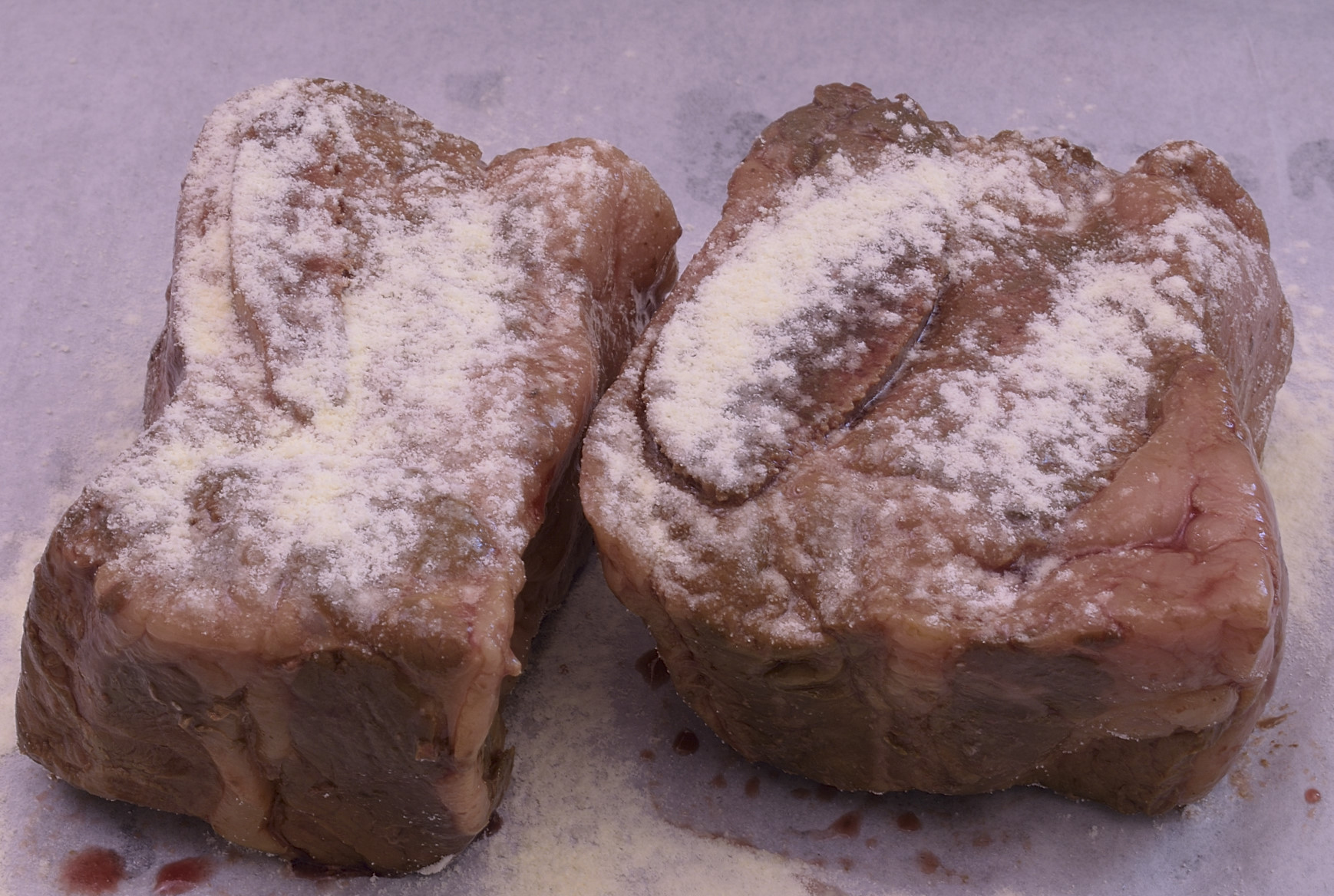
Dusted with egg white.
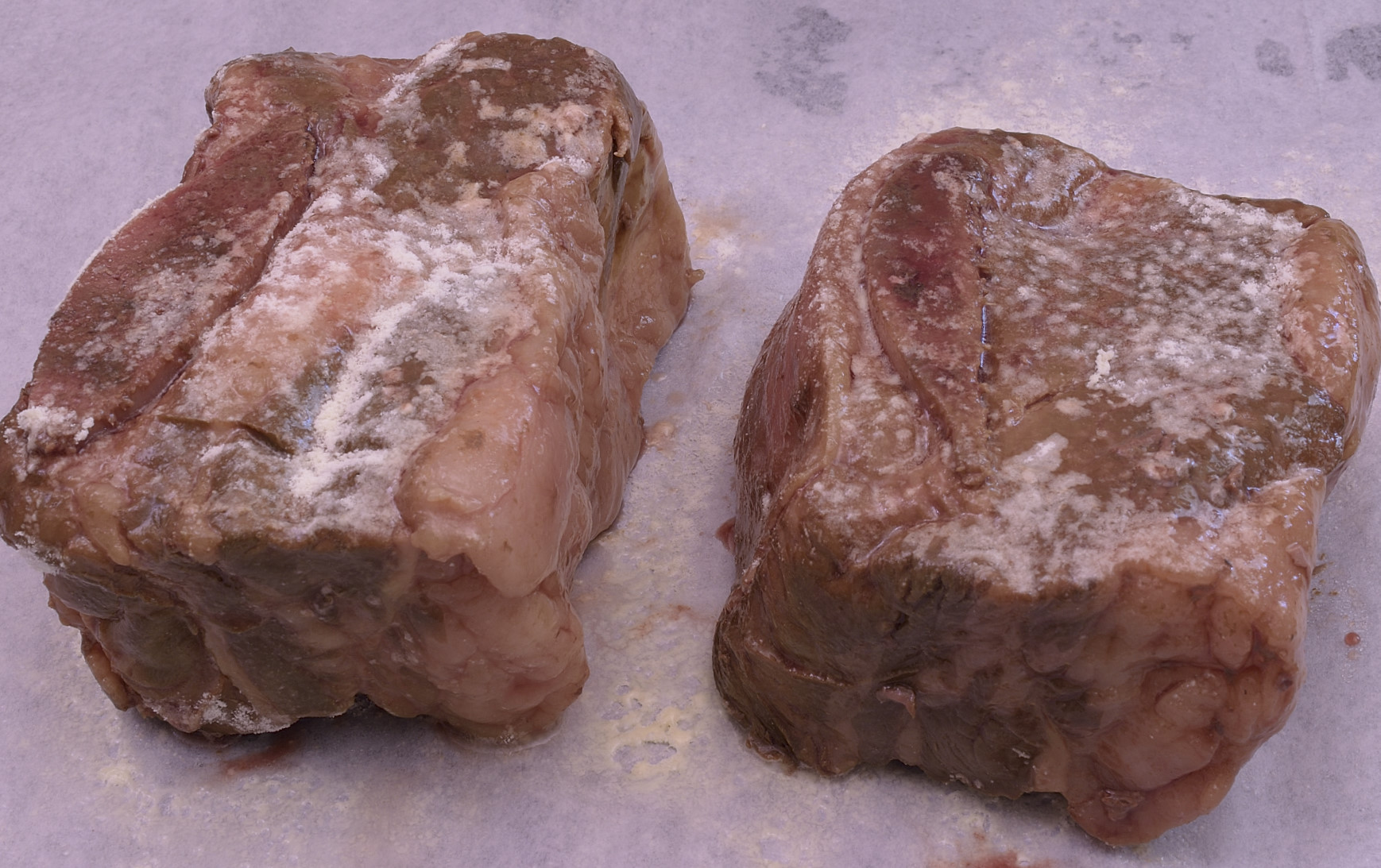
Mist.
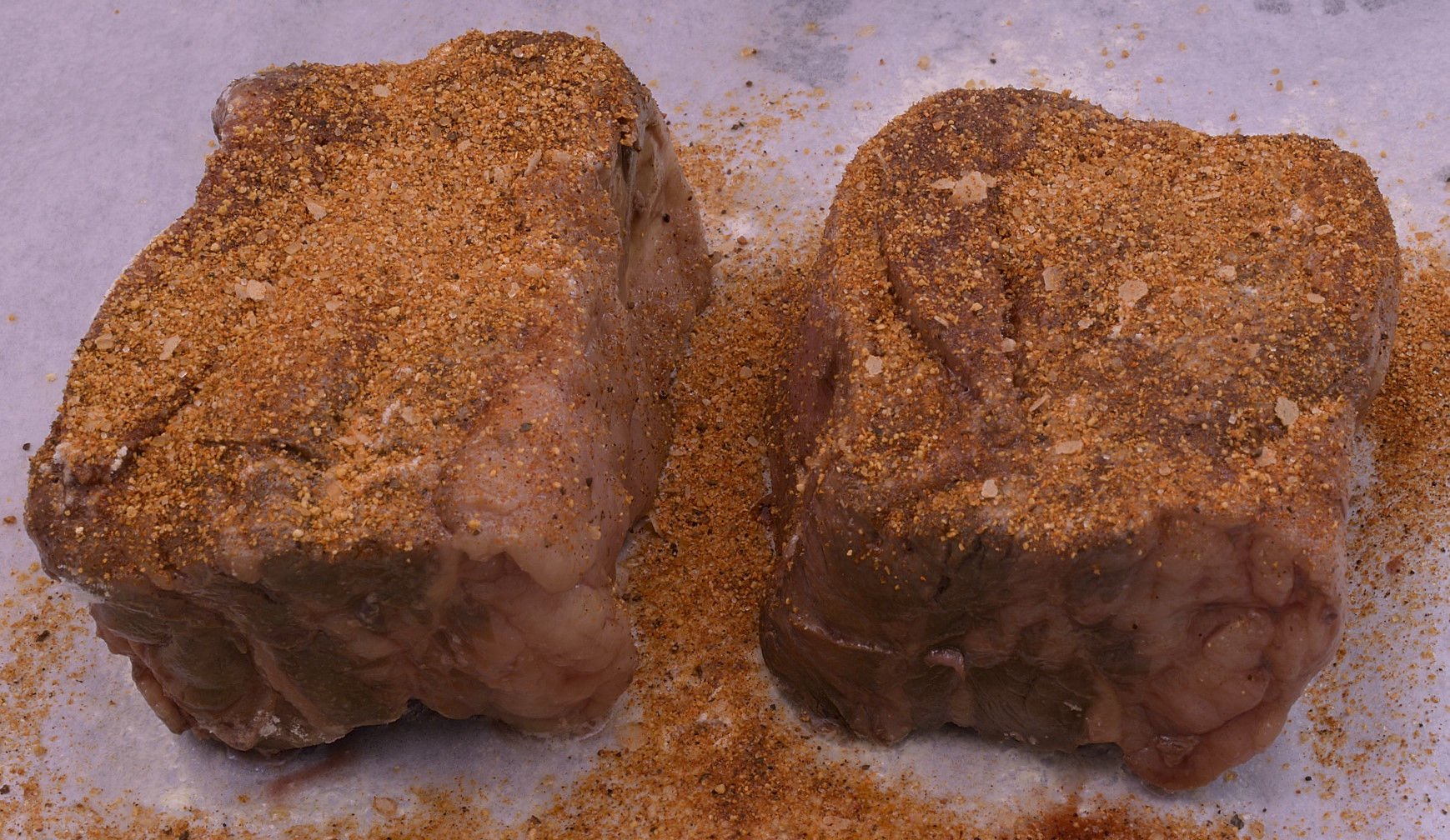
Sprinkle (or roll).
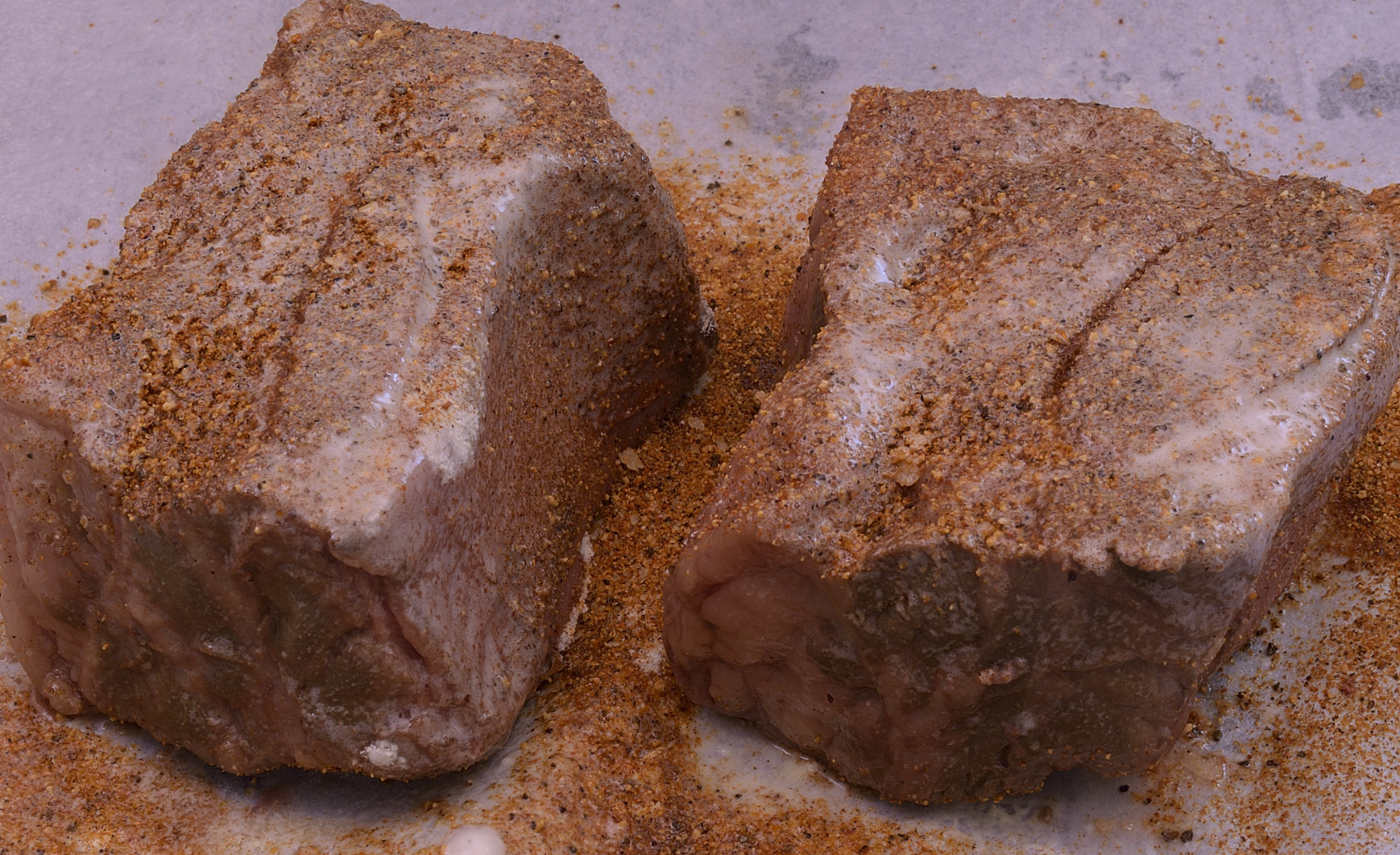
Drizzle or spray with oil.
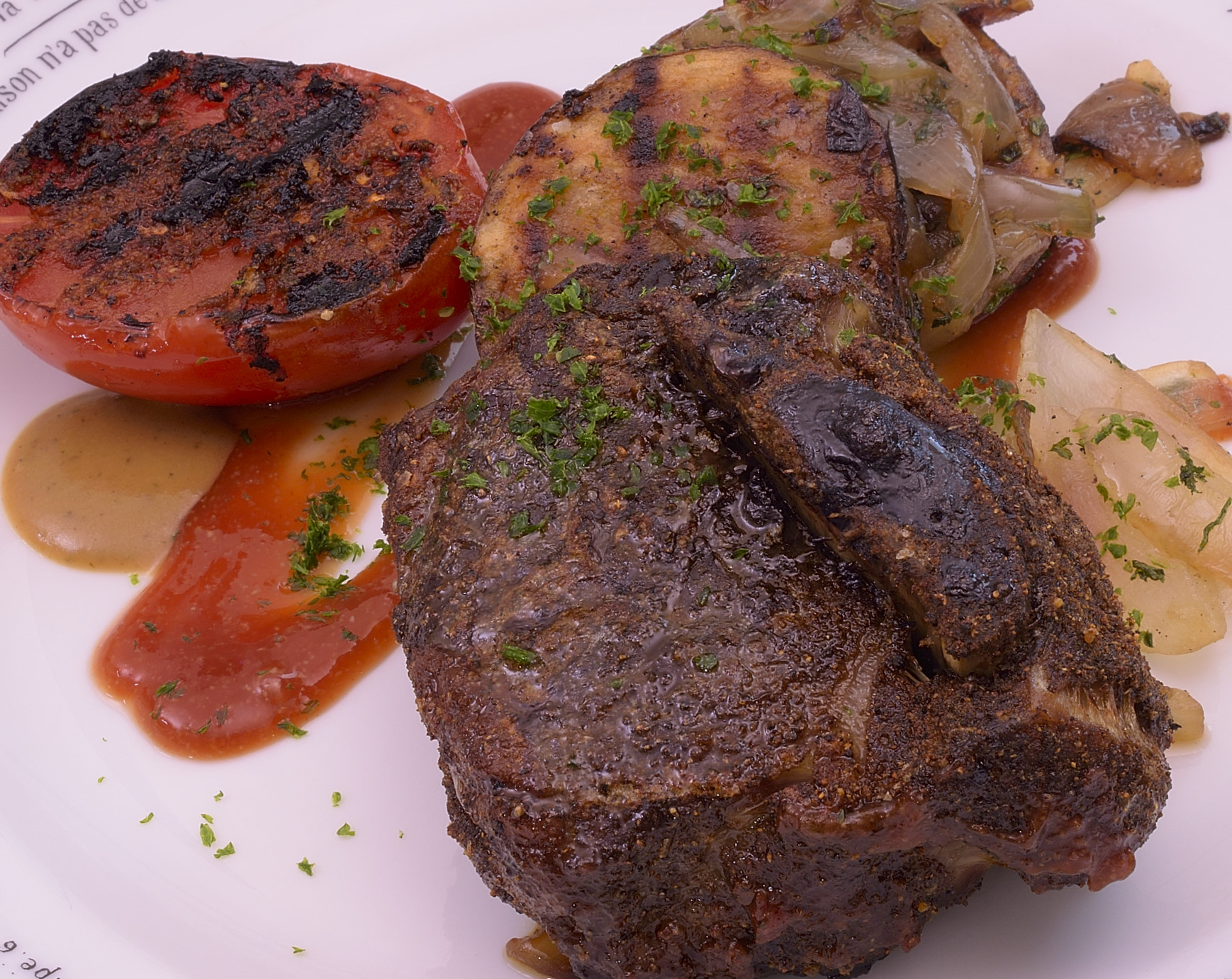
Pan sear OR roast OR smoke.
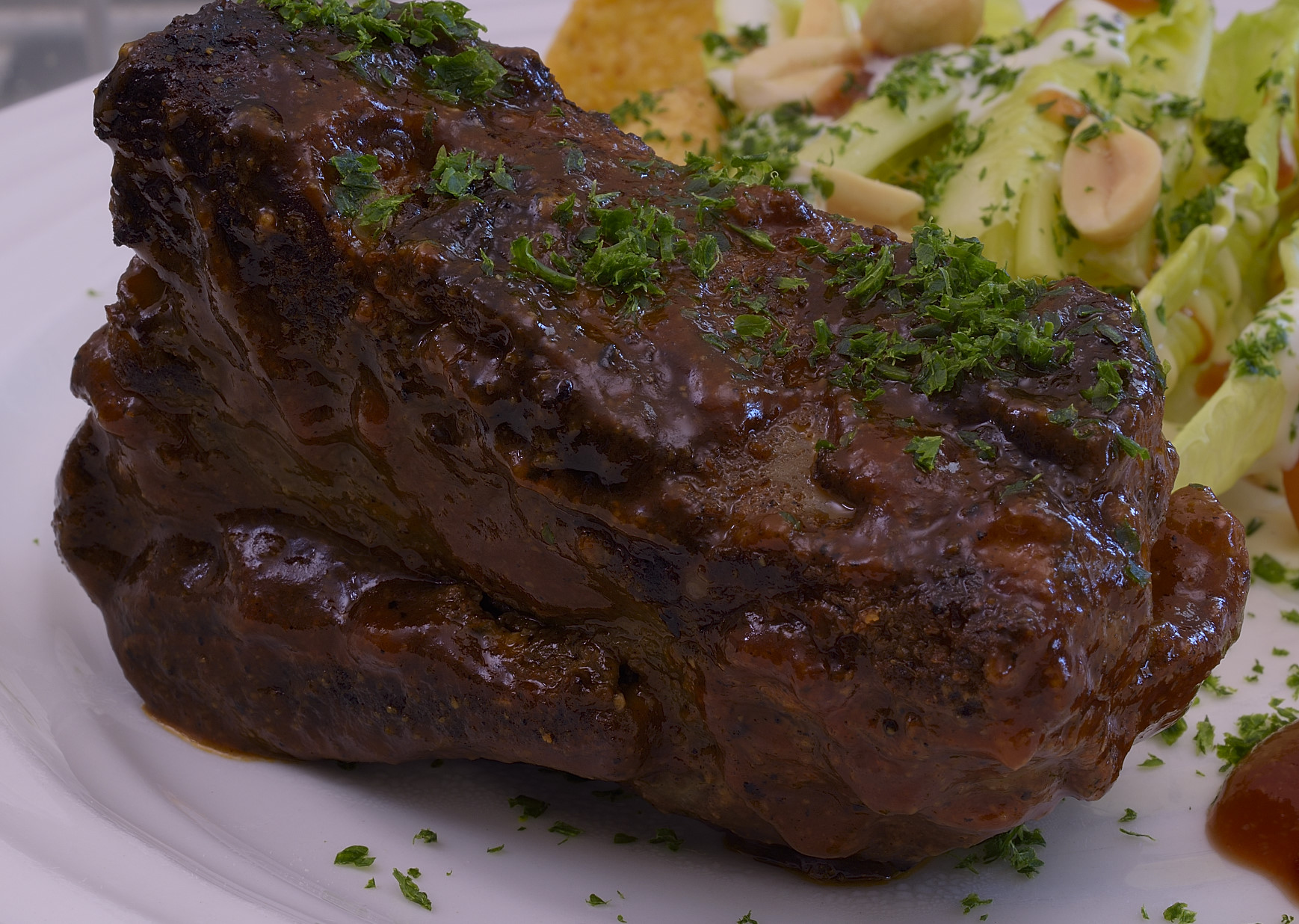
Glazed later with generic bbq sauce mixed with Sous-Jus.
Pan-seared magret duck breast (moulard)
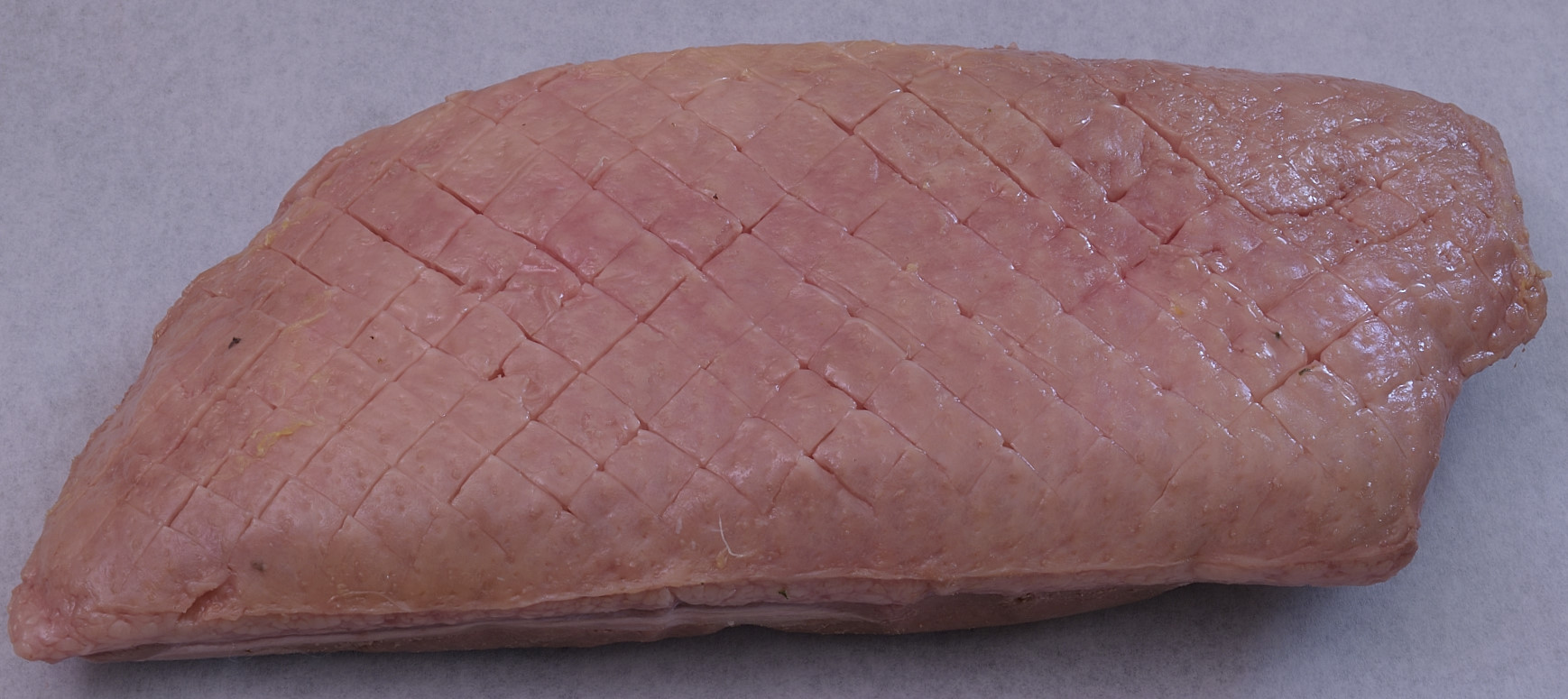
Scored after processing and cold-shocking helps the significant amount of fat render out in the pan.
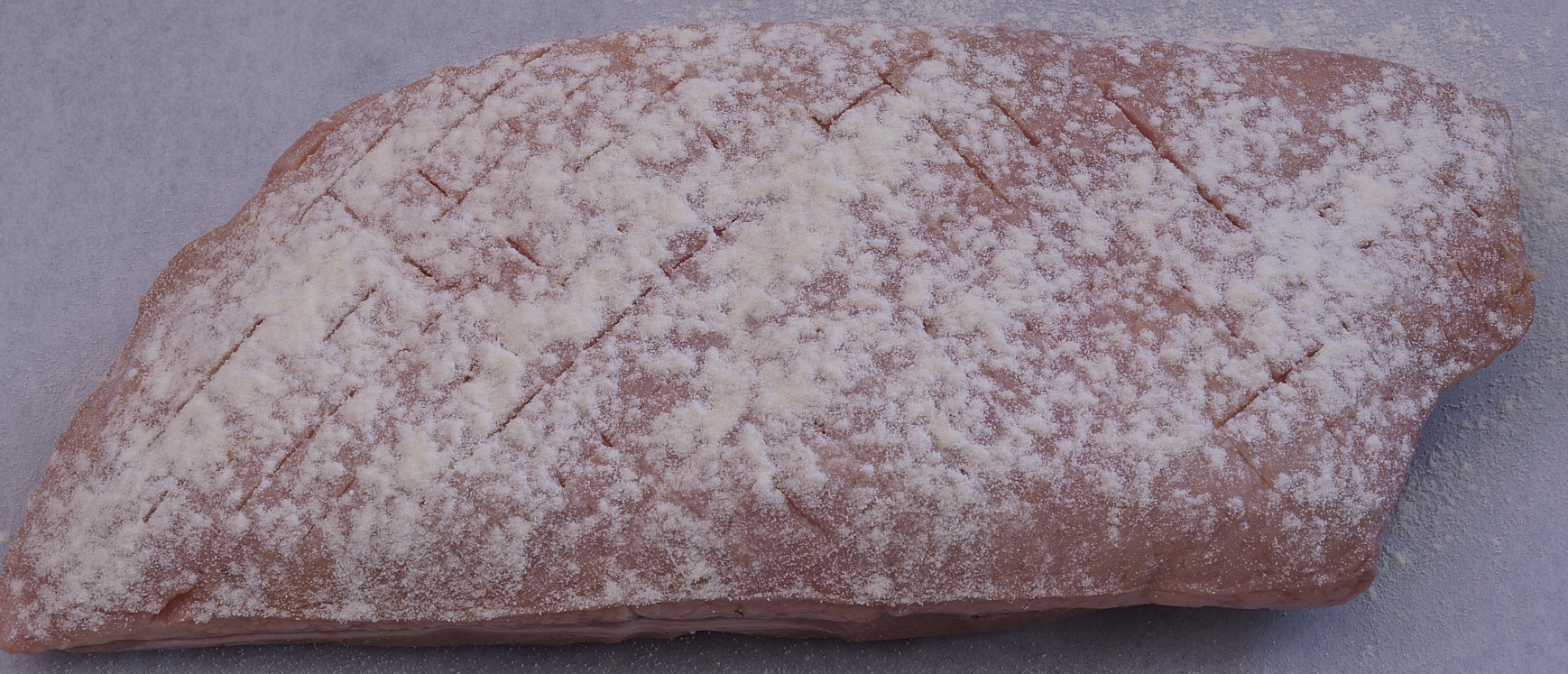
Powdered egg white.
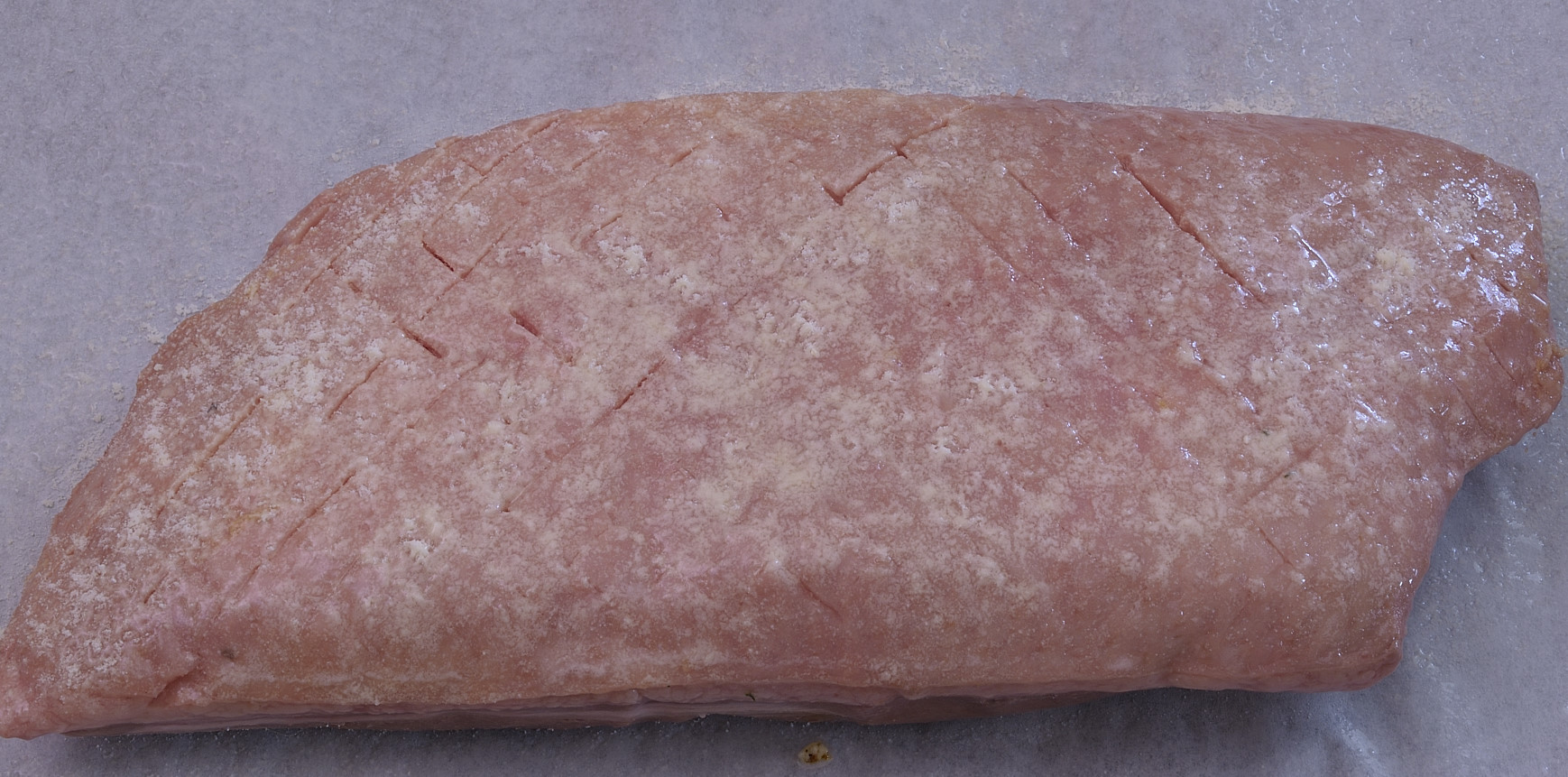
Moistened with H2O. Unromantic but effective.
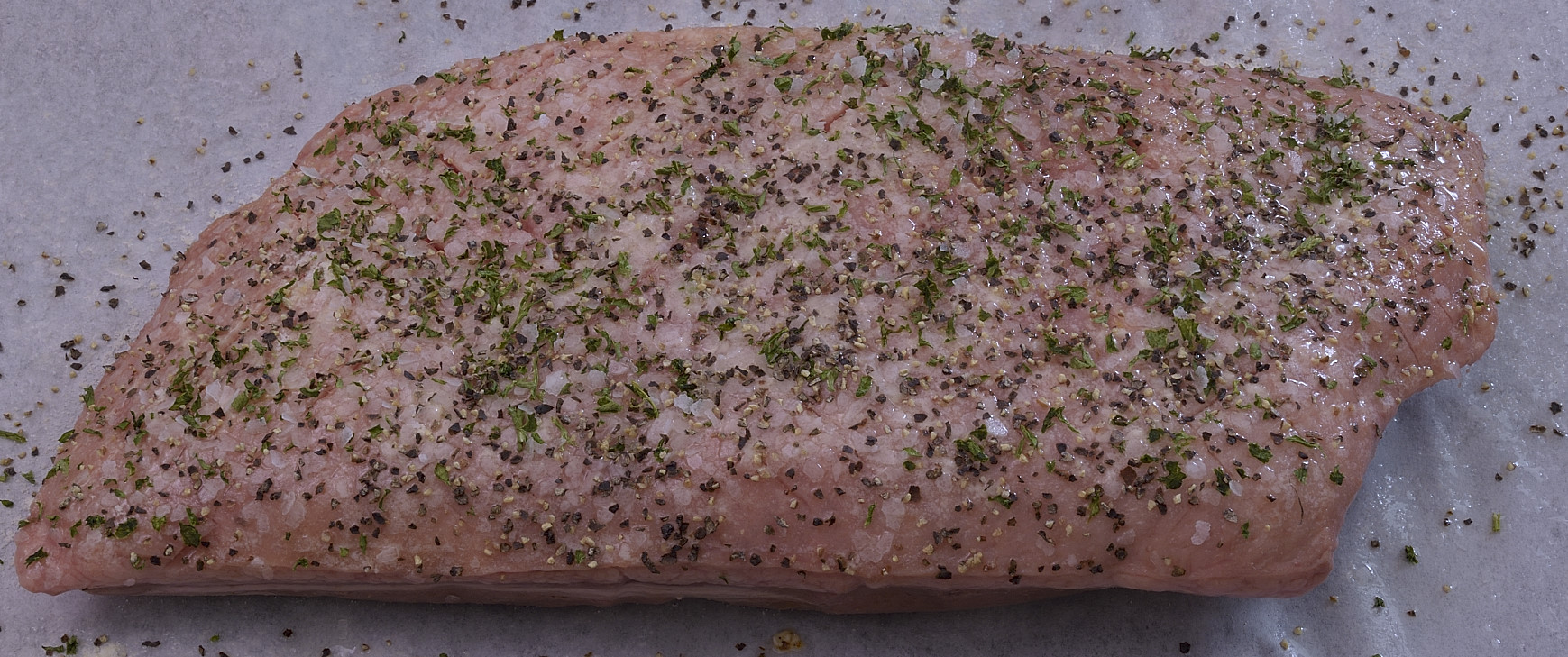
Kosher salt, coarse ground pepper, dried parsley.
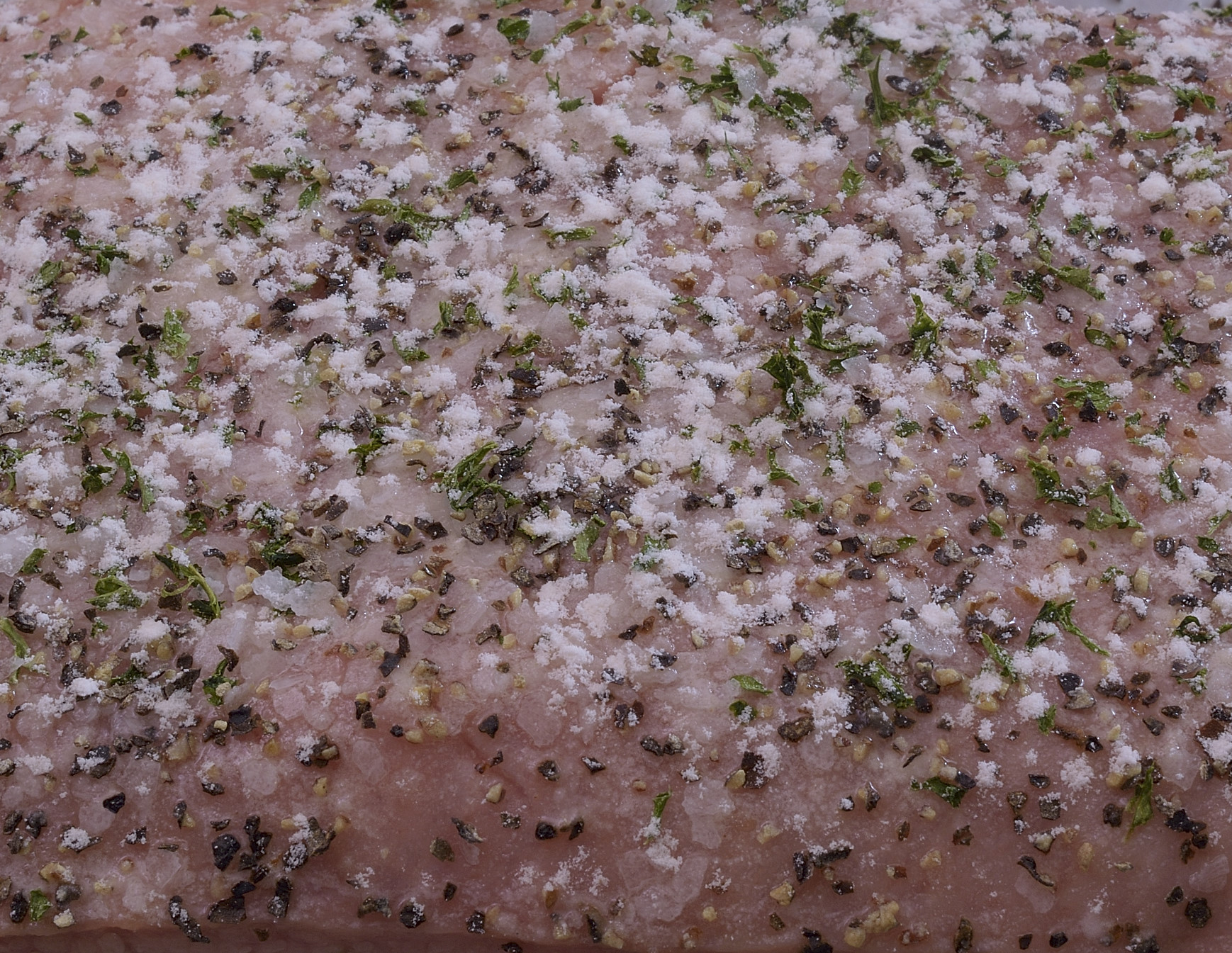
A light dusting of flour (optional), either way…
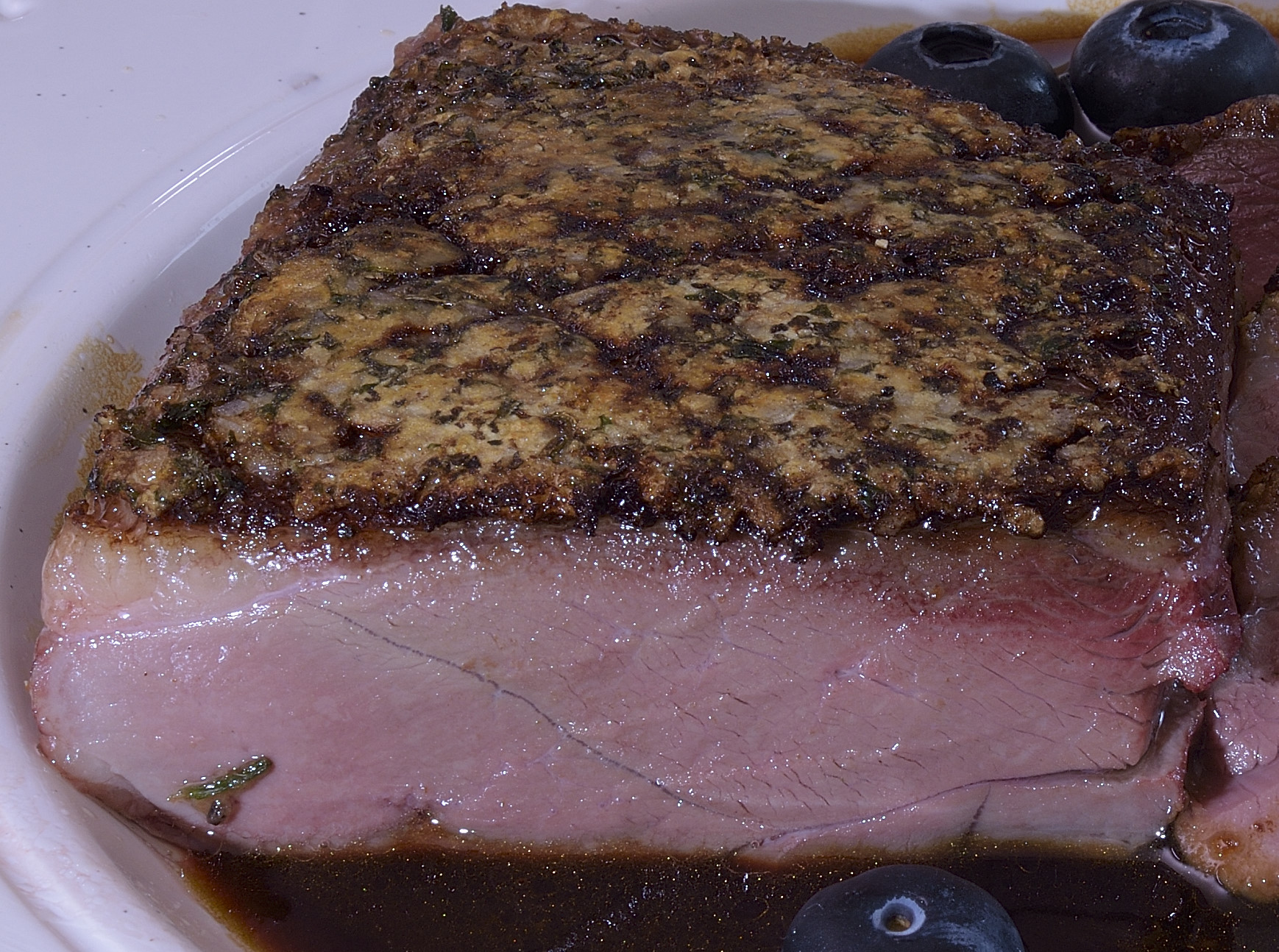
Norm
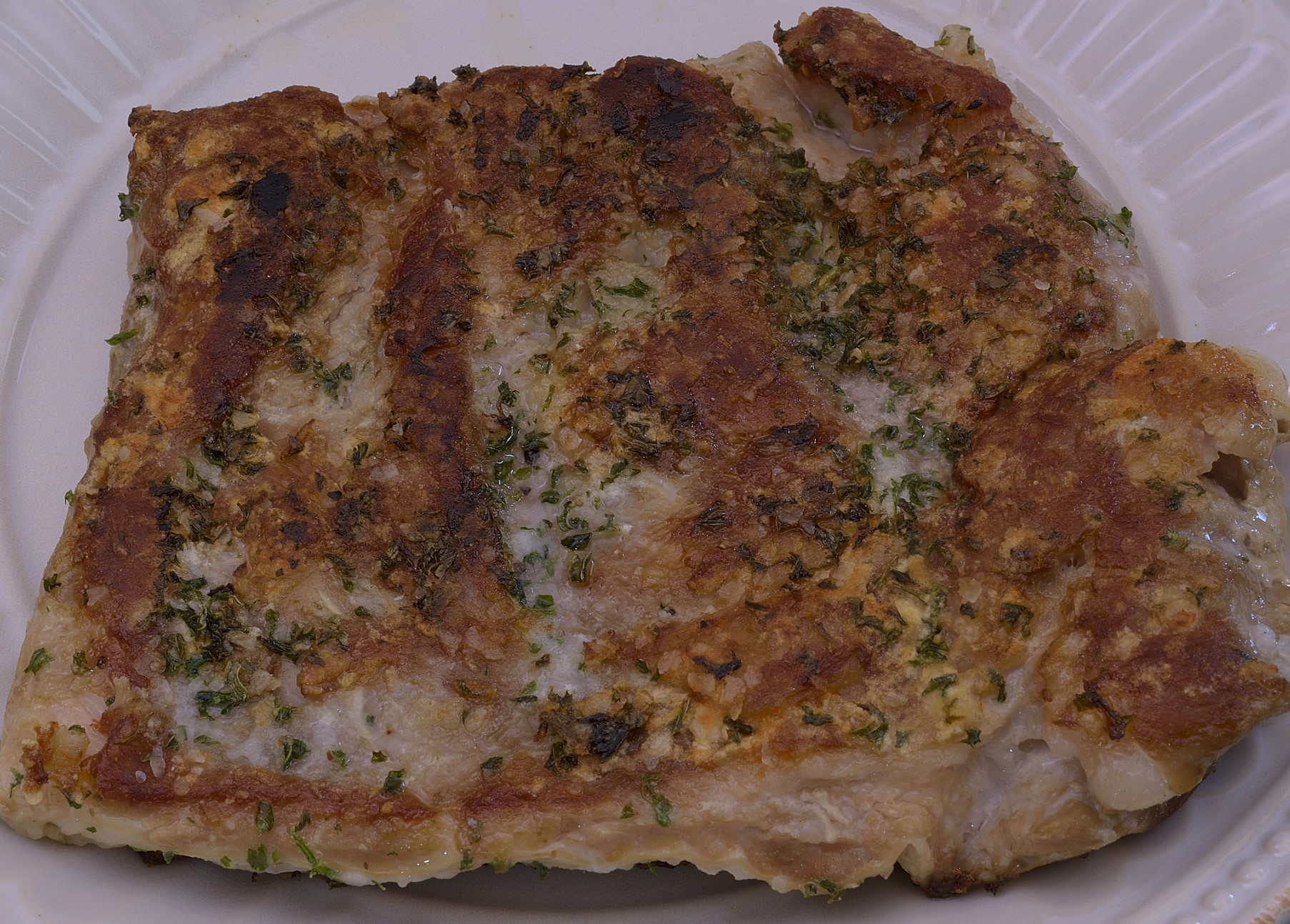
Veal breast (brisket).
Just one more
Beef culotte/picahna
